14/09/2023
1st to 5th KPOP Generation: A Deep Dive
The influence of South Korea’s Hallyu Wave especially of K-POP has been reaching heights since the start of the century. Midway through the 1990s, when their national broadcasting stations began airing programs to cater to talent shows in addition to television novelas, without any plans to make it into something that is intensely influencing like what is seen today, the South Korean Wave or what is more commonly known as “Hallyu” or as everyone calls it, “KPOP” became known to the public.
To say that KPOP is a recent trend is an understatement. The genre that has conquered the world and launched numerous musical prodigies has been around for quite a while. So much so that you can classify each act under their corresponding KPOP generations.
K-Pop has undergone several transformations over the years, giving rise to distinct generations. Each generation has left its mark on the industry, shaping the sound, style, and global influence of K-Pop. In this article, we will take a journey through time to unravel the evolution of K-Pop and explore the defining characteristics of each generation. And FYI, for a new generation to start, there are a few distinctive musical, visual, and conceptual resets. And most of the time, it is up to the fans to decide that a new era has commenced (right now, the 5th generation has finally entered the scene).
Fans will argue that a particular idol or group belongs to one generation or another. But for the purpose of this article, we’ll classify them according to popular opinion.
Table of Contents
- 1ST GEN KPOP (1990s – 2004)- Laying the Foundation
- 2ND GEN KPOP (2005 – 2011) – Training System & Testing the International Waters
- 3RD GEN KPOP (2012 – 2017) – Global Power & Domination
- 4TH GEN KPOP (2018 – 2022) – The Future of KPOP
- 5TH GEN KPOP (2023 – PRESENT) – New Era
1ST GEN KPOP (1990s to 2004) – Laying the Foundation
Seo Taiji and The Boys, H.O.T., Sechs Kies, S.E.S, BoA, Rain
Most of us probably thought that KPOP started in 1996 when H.O.T debuted, but apparently, it was years before that. It was in 1992 that Seo Taiji and The Boys undoubtedly changed the Korean music landscape. Others would probably still argue that KPOP started even earlier before these guys came into the spotlight but the thing is, it was indeed Seo Taiji and the Boys who changed the public’s sentiment towards Korean Music (KPOP). These pioneers paved the way for many new acts that also experimented with sound and incorporated choreography into their performances.
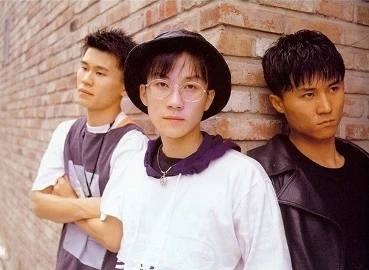
This trio pushed boundaries by blending Western music influences with Korean lyrics, creating a unique sound that resonated with the masses.
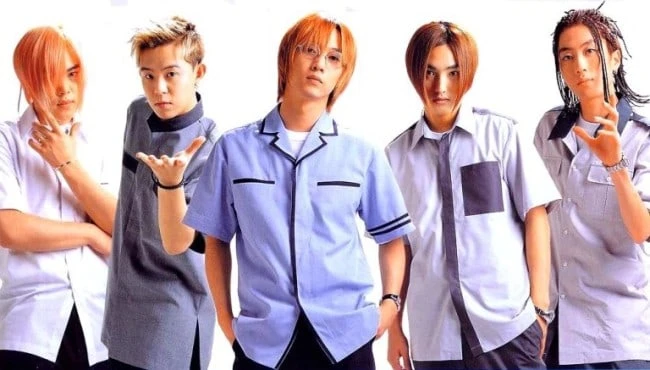
Years after, several influential groups emerged, setting the stage for what was to come. One such group was H.O.T., the first true Korean idol group in the modern sense, debuting in 1996. Their popularity soared, captivating audiences with their catchy tunes and synchronized dance moves. Their sound catered not only to Korean but also to Japanese audiences.
New entertainment agencies were also established, thus producing groups that could rival SM Entertainment. Some of these include Sechs Kies, S.E.S, and Fin.K.L.
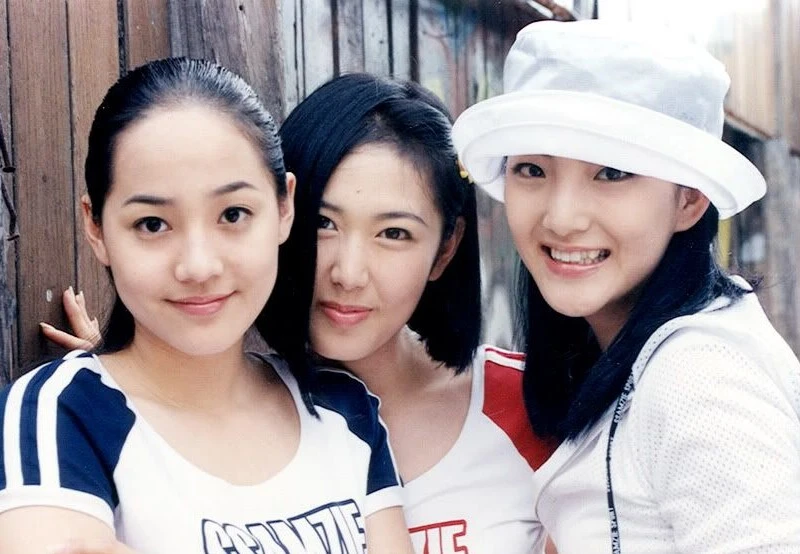
Later on, just before the second generation, a new collection of acts that experimented with the root elements of KPOPemerged. The most popular were Shinhwa, god, BoA, and Rain. Following their debuts, the genre gained international attention in other East Asian countries. This is also when the term ‘hallyu’ (otherwise known as the ‘Korean Wave’) was coined. As their popularity grew, the international press began to report on Korean idols – not only on their musical achievements but also on their personal lives and, inherently, their style.
The Fashion and Music Style of the 1ST KPOP Generation
This first generation of Kpop was very heavily influenced by American pop culture. This generation’s music frequently featured themes of romance and youth. The music was either mellow and soothing or heavily influenced by hip-hop.
Boy groups dressed very similar to their Western counterparts (like Backstreet Boyz or ‘N Sync). Loose clothes and baggy jeans were a staple of 90s fashion, and this style reflected the hip-hop scene flawlessly. The color white was a favorite for stages, and the majority of the members’ outfits were monochromatic and nearly identical. Hair was often down and naturally black. For boys, makeup was quite simple and sparse. But there were some particular occasions in which the styling would become more theatrical, through the wear of leather features and patterned shirts.
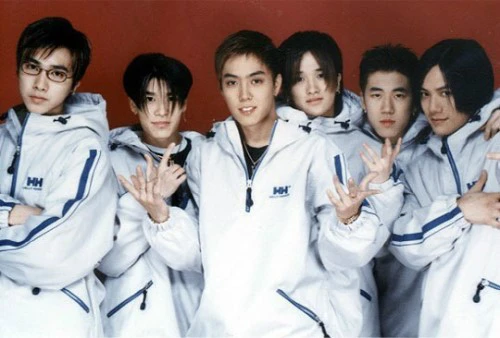
But towards the end of the era, some groups adopted a more ‘formal’ approach. Some acts would be performed in coordinated suits and white button-ups. This is also the time when high school uniforms were first worn – a trend that has transcended all KPOP generations.
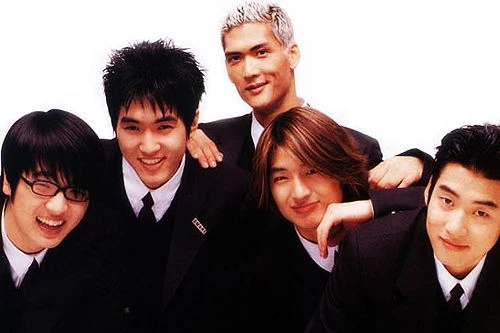
As for the female acts, they were more consistent in style. Girls favored lighter color palettes and would dress very similarly to the average person. Jean pants, jackets, hats, and basic tops were staples. As for hair and makeup, it also wasn’t nearly as dramatic as nowadays, with most keeping their hair black or brown.
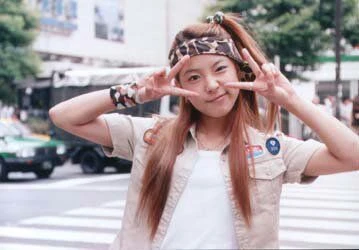
The first generation of KPOP had a very attainable style, as most dressed quite casually and luxury brand styling had not come into play yet. Idols would keep a very natural look. Darker skin was not brightened for the sake of beauty, as those conventions were not yet popular. Most wouldn’t dye their hair and makeup was very minimal.
2ND GEN KPOP (2005 to 2011) – Training System & Testing the International Waters
BIGBANG, Super Junior, SNSD, Wonder Girls, 2NE1
The second chapter for KPOP generations started in a period of economic turbulence in South Korea and they also went global. Still, entertainment companies still managed to turn outstanding profits. So much so that KPOP became one of the most important industries in the country. And while the training system was indeed an innovation of the previous era, the marketing and entrepreneurial aspects of Kpop are novelties of this time.
Some of this generation’s biggest names include TVXQ, Super Junior, BIGBANG, Girl’s Generation, Wonder Girls, and 2NE1. All of these are still widely talked about by the KPOP community and served as an inspiration to the biggest KPOP stars of today. In fact, these were the first to cross intercontinental borders and the pioneers for KPOP ‘world tours’. Besides this, idols also first showed up on television shows, with some having their own reality programs and others starring in popular Kdramas of the time.
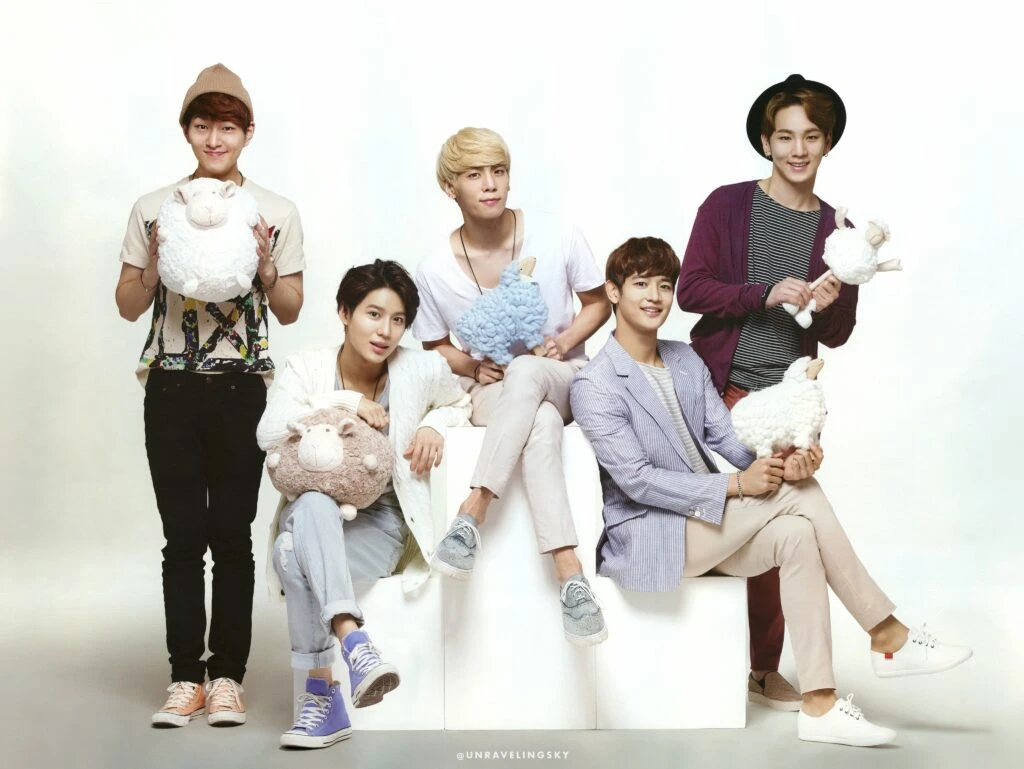
The success of these early acts pushed many more others to debut in this era. SHINee, Miss A, f(x), and SISTAR are only a few of the major household names that came later on in the second generation. Even though these new acts benefitted from the success of those who came before them, the bar was now set much higher. The fans craved new faces but simply singing and dancing started to not be enough.
One of the key groups that defined this generation was Girls’ Generation, which made their debut in 2007. With their infectious hit songs and captivating performances, Girls’ Generation captured the hearts of fans globally, solidifying KPOP’s position on the international stage.
Nearly at the very end, the exponential growth of YouTube globally facilitated audience reach. And those who were completely clueless about the genre were now introduced to Kpop through the massive hit that was ‘Gangnam Style’ by singer PSY. Since then, KPOP has never really been the same.
The Fashion and Music Style of the 2ND KPOP Generation
Groups from this generation not only achieved immense success in Korea but also embarked on global tours and collaborations with international artists. K-Pop’s production quality also saw a significant improvement during this era, with music videos becoming more visually appealing and choreography becoming more intricate.
The second generation is when fashion and style became a quintessential element of KPOP. The new groups would come up with uniquely different concepts for each comeback. As female groups and soloists started to rival their male counterparts on the charts, their fashion grew a lot too.
Some groups still took inspiration from 90s trends and other styles that were popular in America. But many started to play with different elements, taking away that ‘approachable’ visual that their predecessors had. Hairstyles, in particular, were now big and dramatic, even for the boys. And hip-hop-inspired clothing wasn’t just limited to looser garments now, but also bandanas, chains, and darker palettes.
On the other end of the spectrum, female acts were now wearing more colorful pieces. Also, matching outfits were very popular at this time. If groups wouldn’t all wear the exact same thing, there would be very minimal differences, either a personalized color or a small alteration to the design.
The further we entered the era, the more unconventional the fashion became. There was a futuristic styling for many comebacks, as companies understood that originality and eccentricity captured people’s attention. We got to see new hair colors along with the (sometimes) extravagant hairstyles. Metallic wear, neon colors, and funky patterns were some of the most prominent features we can highlight at this point.
3RD GEN KPOP (2012 to 2017) – Global Power & Domination
EXO, Red Velvet, BTS, Twice, GOT7, BLACKPINK, Seventeen, Wanna One, ASTRO, iKON
The first generation can be summed up by the implementation of an idol training system. The second introduces a larger-scale monetization of these celebrities’ images. So naturally, the third generation of KPOP coincides with the expansion of the genre globally. At this point, KPOP is already dubbed as a “Global Phenomenon”.
If idols were already marketed previously targeting just fans, now it was done more strategically, aiming for target audiences both domestically and internationally including the general public.
Brace yourselves because this generation has achieved so much so it’s going to be a long one.
First, the popularity of social networks and streaming platforms also contributed immensely to this expansion. Charts were already a thing back then but during this generation, fans go wild when it comes to voting online and streaming their idols’ songs in order to put them on charts not just in Korea but as well as in the US and around the globe.
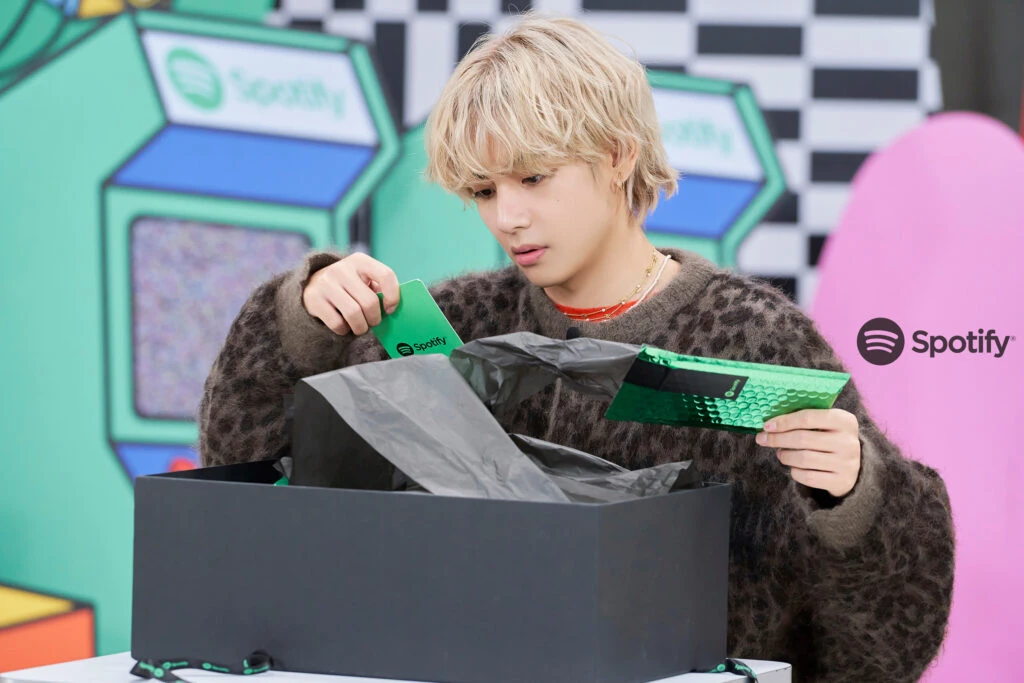
Second, Groups have started to perform in International Music Festivals and International Award Shows. As KPOP kept on getting bigger and bigger, event organizers saw the need for them being invited to music events that KPOP had not yet conquered before.
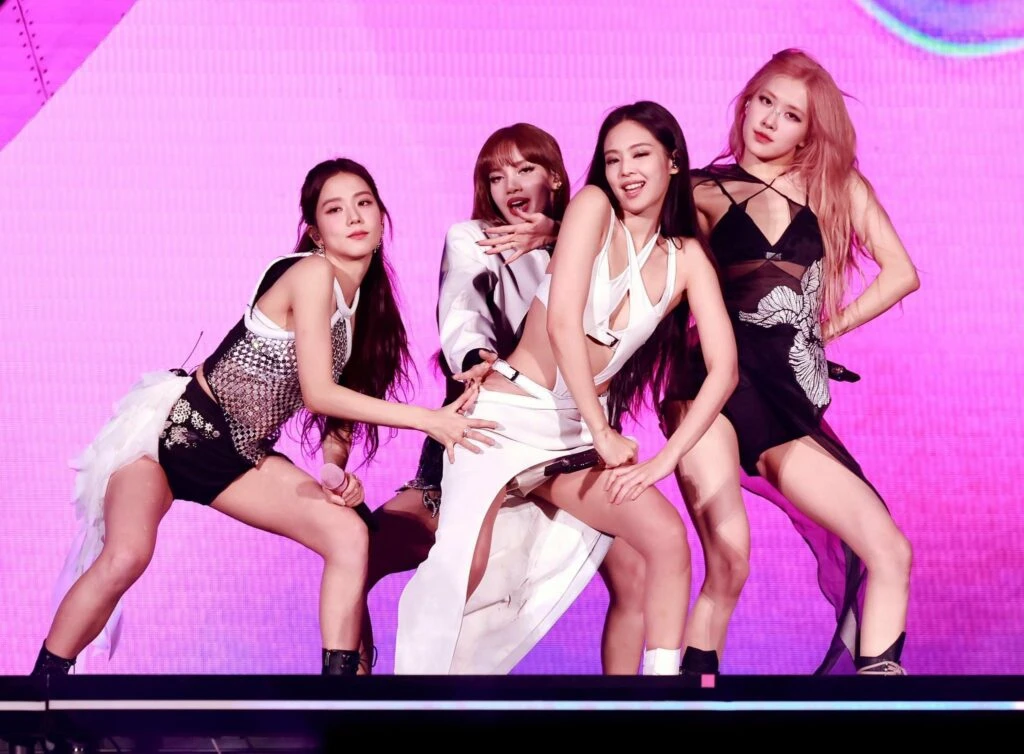
Third, brand endorsements also entered the scene. Whether this is of luxury brands or not, KPOP Idols has been receiving calls from different companies to represent their products. some of these partnerships come with being on the front page cover of different magazines. So it’s safe to say that KPOP has been dominating all forms of media by then.
Fourth, even though collaborating with other artists was already a thing in the 1st and 2nd generations, it was the 3rd generation who went beyond borders by collaborating with other non-korean artists. Some of these remarkable collabs was BTS with Nicki Minaj, and Blackpink with Selena Gomez.
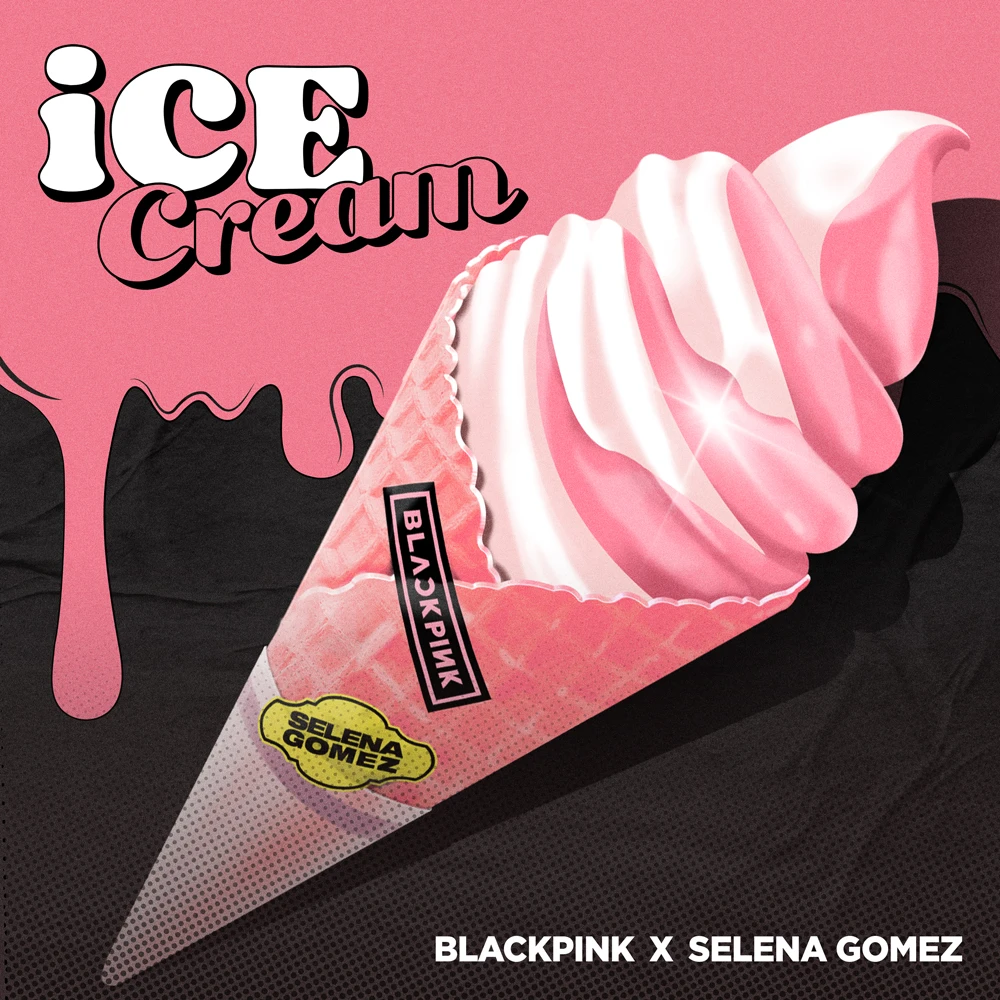
Fifth, as KPOP went beyond borders, fan service also reached new heights. Before we got into the 3rd generation, meet and greets were the norms but as technology progressed, stuff like fan calls or video calls became a thing which basically shooting your shot by buying albums. The more albums you buy, the more chances of winning a video call to talk to your bias.
Of course, we have to highlight BTS, who made their debut in 2013 and took the world by storm with their impactful music, meaningful lyrics, and charismatic performances. It’s still a hot topic today but most of us would agree that BTS PAVED THE WAY. Periodt. BTS’s success opened doors for other K-POP acts to gain recognition on the global stage, leading to a surge in international collaborations and tours. Yes, they’re not solely responsible for other groups’ success but they surely contributed to KPOP’s continuing success.
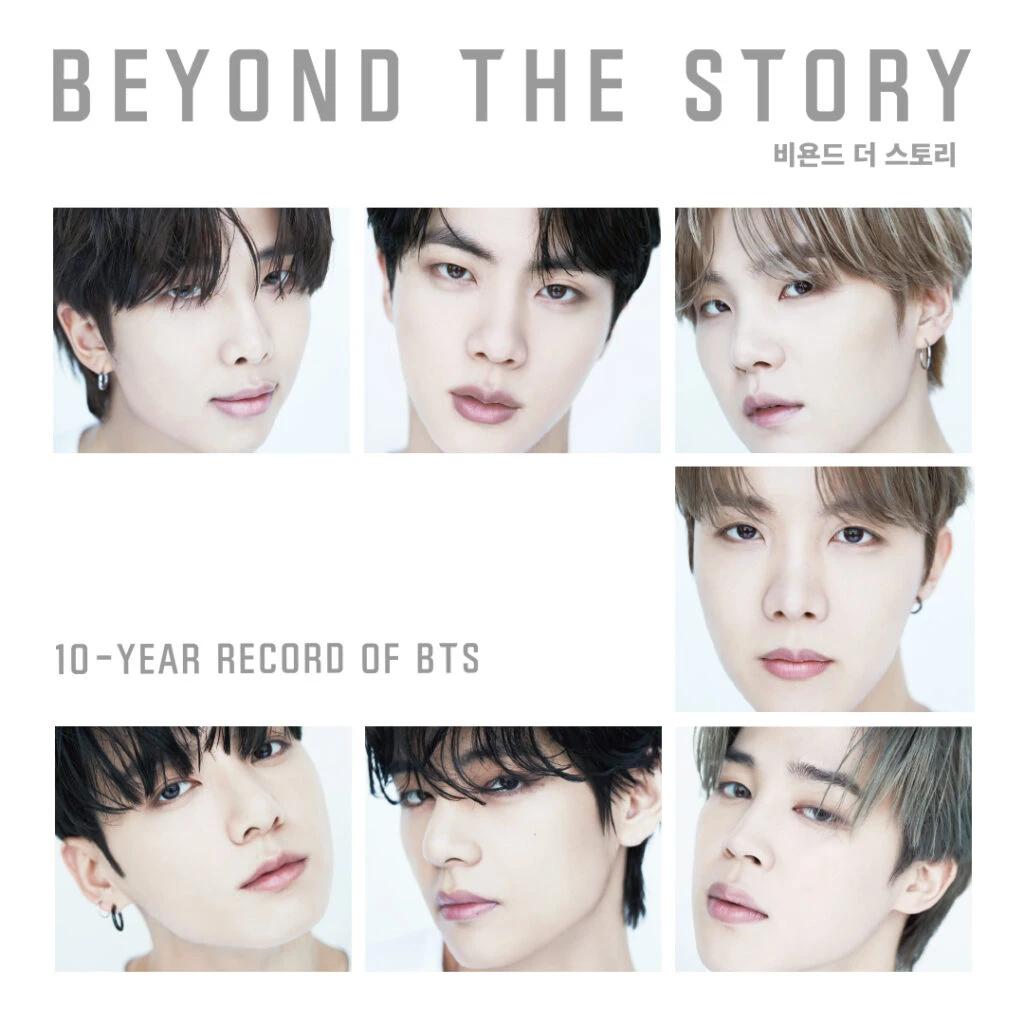
Alongside BTS, groups like EXO, Blackpink, and Twice rose to prominence, captivating audiences with their unique concepts, addictive melodies, and stunning visuals. The third generation also witnessed the rise of solo artists like IU and Taeyeon, who showcased their versatility and artistry, further propelling K-Pop’s global domination.
The third generation solidified K-Pop’s status as a global force to be reckoned with, captivating audiences with its infectious music and captivating performances.
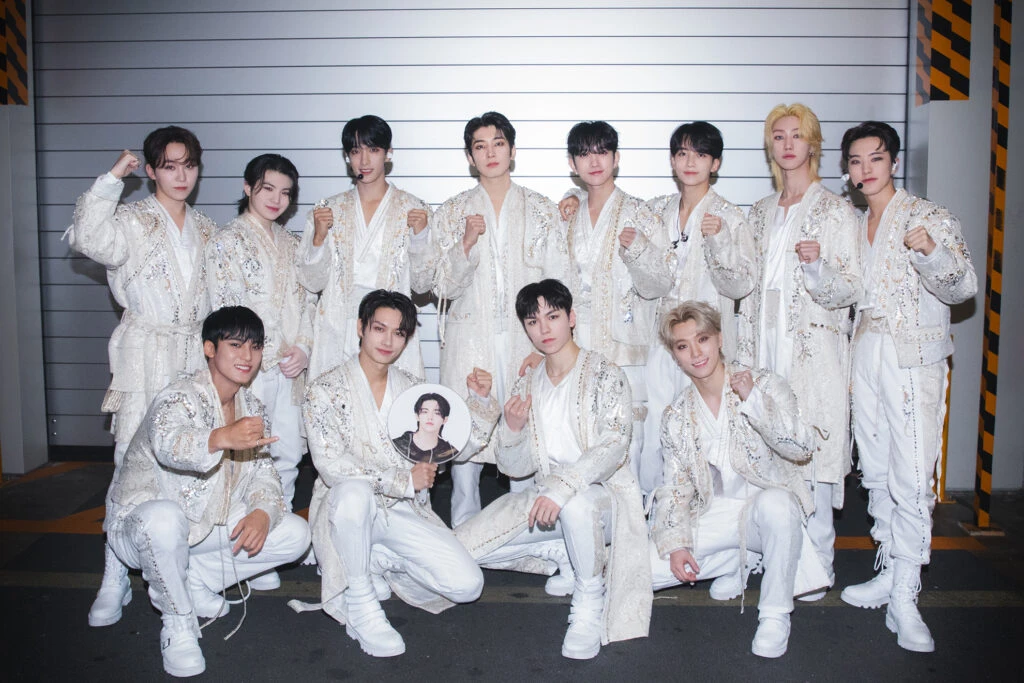
As a result of this global takeover and the growth of the industry, survival programs became quite popular as means to select a new debut lineup. The infamous PRODUCE 101 series (which has since been discredited) launched four successful new groups through that survival format. Most notably, we can highlight I.O.I and Wanna One. As the public got to accompany the challenges and evaluations of trainees since the beginning, there was a sense of attachment way before these groups’ debut.
The Fashion and Music Style of the 3RD KPOP Generation
With this era, a new strategy of storytelling through music became quite popular. Fans were now drawn in by the different concepts and ‘universes’ created for the purpose of musical promotion. And the production quality improved immensely, thus allowing for better music videos, intricate choreographies, merch, and much more. The groups that better synthesize the transition into the third of the Kpop generations are EXO, BTS, VIXX, Red Velvet, TWICE, GOT7, BLACKPINK, SEVENTEEN, and many others.
The music themes during these generations became more diverse than ever before. KPOP has explored many genres by now. As technology helped in making 3RD GEN groups more popular than ever, it has also contributed so much to the music they release. It was also a make-it-or-break-it situation because let’s admit not everyone appreciates too much EDM in a song.
With the new concepts and how groups now began debuting with many more members, KPOP fashion became an even more intrinsic part of the whole genre. People craved variety and novelty above all.
Many male groups who would first debut with an urban/hip-hop concept (like BTS and GOT7) would eventually change up their style multiple times. We also got to see some styles that combined formal and casual wear, like Winner, VIXX, or Block B.
Now more than ever before, as mentioned above, companies prioritized fan service. Many fashion choices catered to the fans’ wishes. School uniforms weren’t much of an innovation, but fandoms have always appreciated that styling. There were new comeback concepts in which fashion played a major role, like girl crush, dark and mysterious, or young and cute. In short, “AEGYO” became a standard and norm.
Whereas the second generation favored a futuristic style, this one appreciated a good throwback moment. Many groups nodded to the fashion of 70’s, 80’s, or 90’s, even if their current sound didn’t quite fit under the ‘retro’ category.
4TH GEN KPOP (2018 to 2022) – The Future of KPOP
Stray Kids, G-IDLE , TXT, ITZY, aespa, ATEEZ, Enhypen, IVE, Le Sserafim, New Jeans
With bigger influence and more number of consumers, 4TH GEN really brought forth new talents and innovative concepts. And by “innovative”, AI or Artificial Intelligence and NFNon-Fungiblengible Tokens have been added to the world of KPOP. The fourth generation, which conquered the world despite the pandemic and has only really started in the last couple of years has continued to bring back pride to South Korea. This is a time in which KPOP doesn’t belong to the Koreans anymore, and the industry aims to please foreign fans just as much as their own.
The most noteworthy names include Stray Kids, TXT, ITZY, aespa, ATEEZ, Le Sserafim, Enhypen, and New Jeans . All of these were successful right from (sometimes before) their debut, earning some the title of ‘monster rookies’.
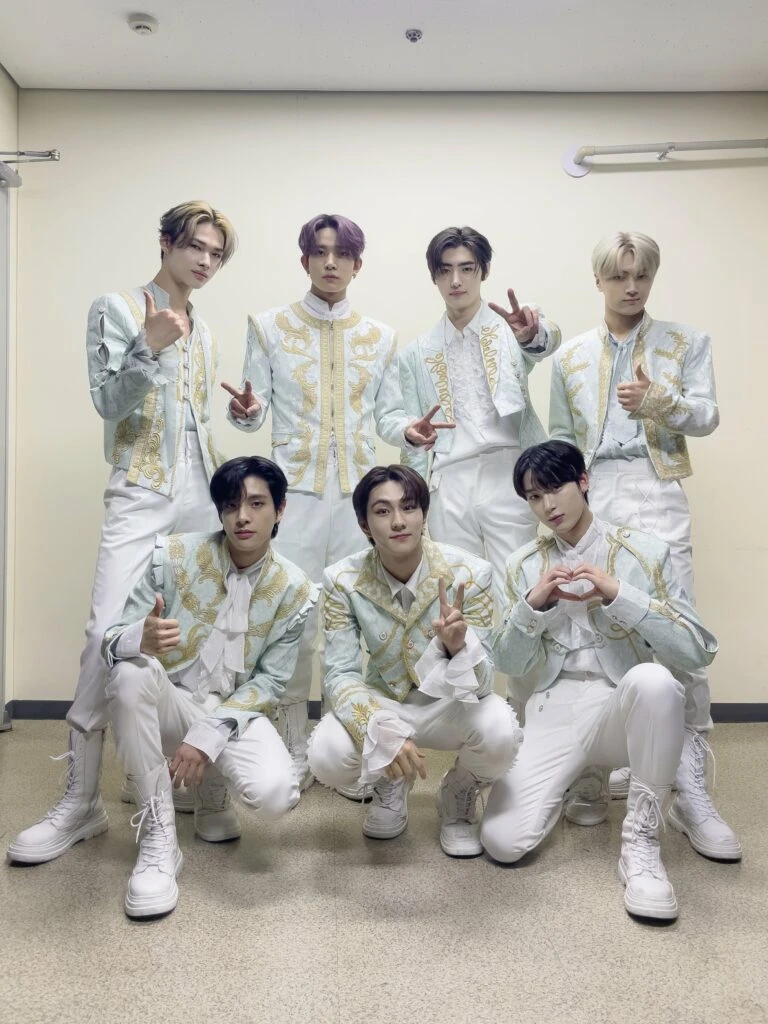
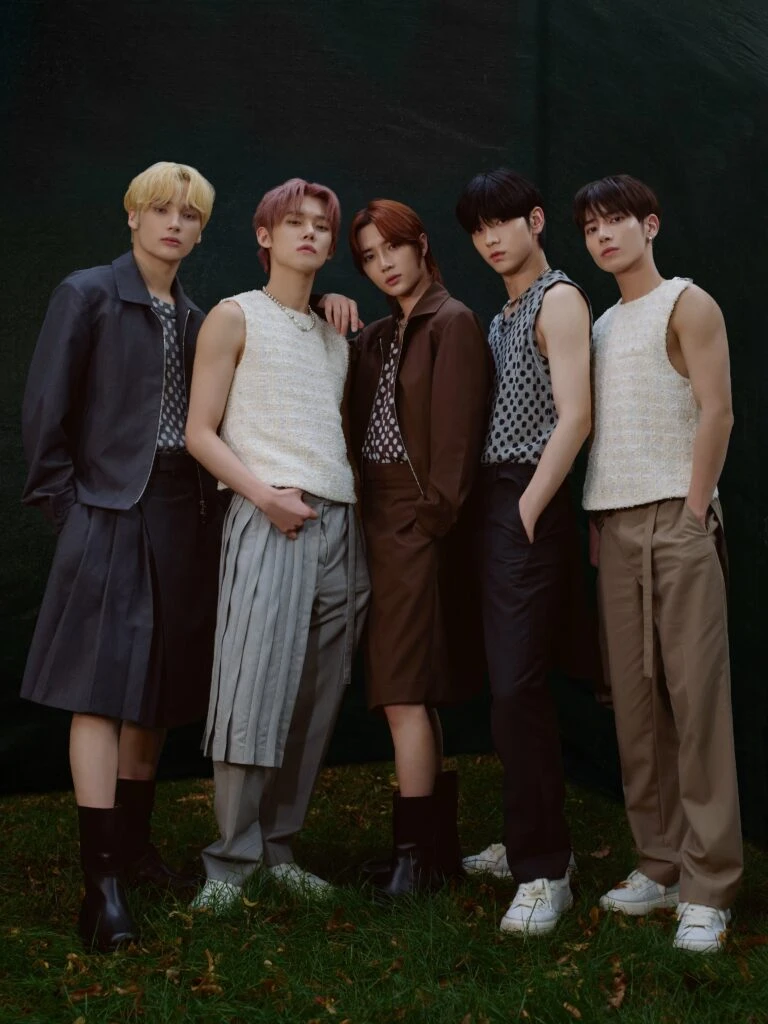
This fresh new batch of idols is composed of individuals who devoted most of their teenage years to training and polishing their skills. Furthermore, the industry has evolved and grown immensely, which allowed for the best of the best to be recruited and coached in a now-perfected system.
Many 4th generation groups were capable of accomplishing what took years to succeed for other groups in the past in a matter of months. Despite the 2020 pandemic’s detrimental effects on the touring and live performance industries, KPOP groups surprisingly continued to experience unprecedented levels of success, and the genre’s allure increased. A lot of the general public became KPOP fans during the pandemic (maybe you’re one of these).
Numerous albums were breaking 1 million in pre-order sales, and numerous songs were reaching the top of international charts and racking up millions of YouTube views in a matter of hours. Companies had to step up their game as a result to compete. In order to offer top-notch music, businesses started spending millions of dollars, with an increased emphasis on dance, music video production, and fashion.
The Fashion and Music Style of the 4TH KPOP Generation
An obvious shift has been the growing emphasis on developing simple hooks for developing viral social media challenges. Each new music video surpasses the one before it, exhibiting the highest level of production excellence. Sci-Fi and self-love have been extensively explored in this generation’s exploration of darker and more daring ideas.
Nowadays, luxury brands are ordinary features in KPOP music videos and performances. The globalization of the genre allowed for marketing strategies to go digital. And several major fashion houses have decided to offer brand ambassador deals to Kpop starlets. This generation’s fashion is very much aligned with the newest trends in the West. KPOPstylists keep their eyes on the biggest designer houses, trying to secure collaborations, sponsorships, and the latest off-the-runway pieces for upcoming releases.
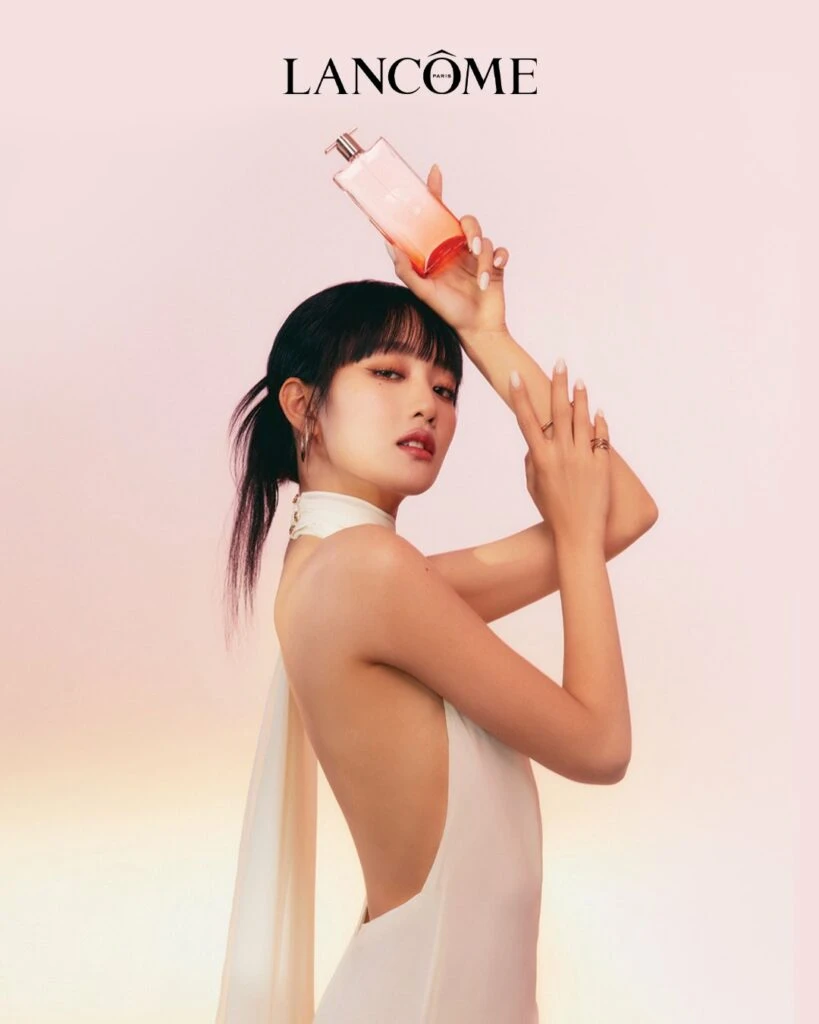
The most daring looks in makeup and clothing have been seen recently. It has a theatrical feel to it and is dripping with expensive brand marketing. The emergence of numerous looks as global trends hasn’t been deterred by this, either. Nowadays, clothing is less about being coordinated across members and more about the individual personality of the artist or the concept.
We see now more than ever before, KPOP groups’ members seem to have more freedom when it comes to individual style. Many get to work closely with stylists on their stage looks, having their personal tastes represented as well.
5TH GEN KPOP (2023 to present) – New Era
ZEROBAZEONE, RIIZE, XODIAC, Baby Monster, BOYNEXTDOOR, Lun8, Kiss of Life, and more
Though still talks, recently, a contentious discussion about the eagerly awaited debut of the fifth generation of idol groups has engulfed the K-Pop scene. Fans disagree on the precise start date of the fifth generation because Korean media sites believe that artists like BABYMONSTER, ZB1, BOYNEXTDOOR, and Xikers are getting prominence as potential frontrunners of this new period.
Groups like TWS and Kiss of Life are also making huge waves in this year’s forecast. Loved so much by their hyungnims, Pledis Entertainment’s TWS, a six-member boy group, made a notable debut in the K-Pop industry with their mini-album Sparkling Blue, released in January 2024. While Kiss of Life on the other hand have been dropping bops after bops that are hard to ignore because even other idols are vibing into their releases such as the new tiktok craze “sticky”.
With novice boy groups pushing for opportunities, K-pop is entering a new age. Girl groups flourished during the fourth generation of K-pop groups, which is mostly identified by those who made their debuts between 2018 and 2022. During those years, distinctive and brilliant groups dominated the stage and the charts, from aespa to Ive, NewJeans, Le Sserafim, and Itzy. But fads come and go, and it seems boy bands might be popular once more (or we are yet to see).
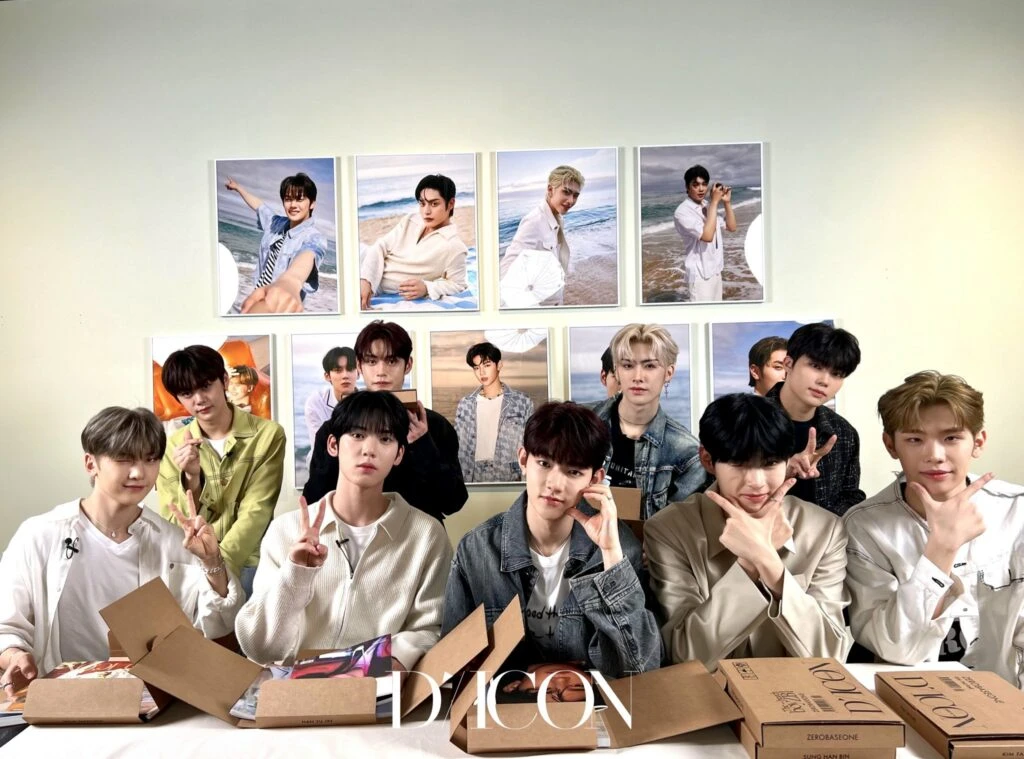
Unis, another girl group to watch out for was formed from the SBS K-Pop survival show Universe Ticket and has eight members and two of them are from the Philippines, and another two from Japan while the rest are from South Korea which made them a group with diverse backgrounds which made it easier to gather fans from different regions.
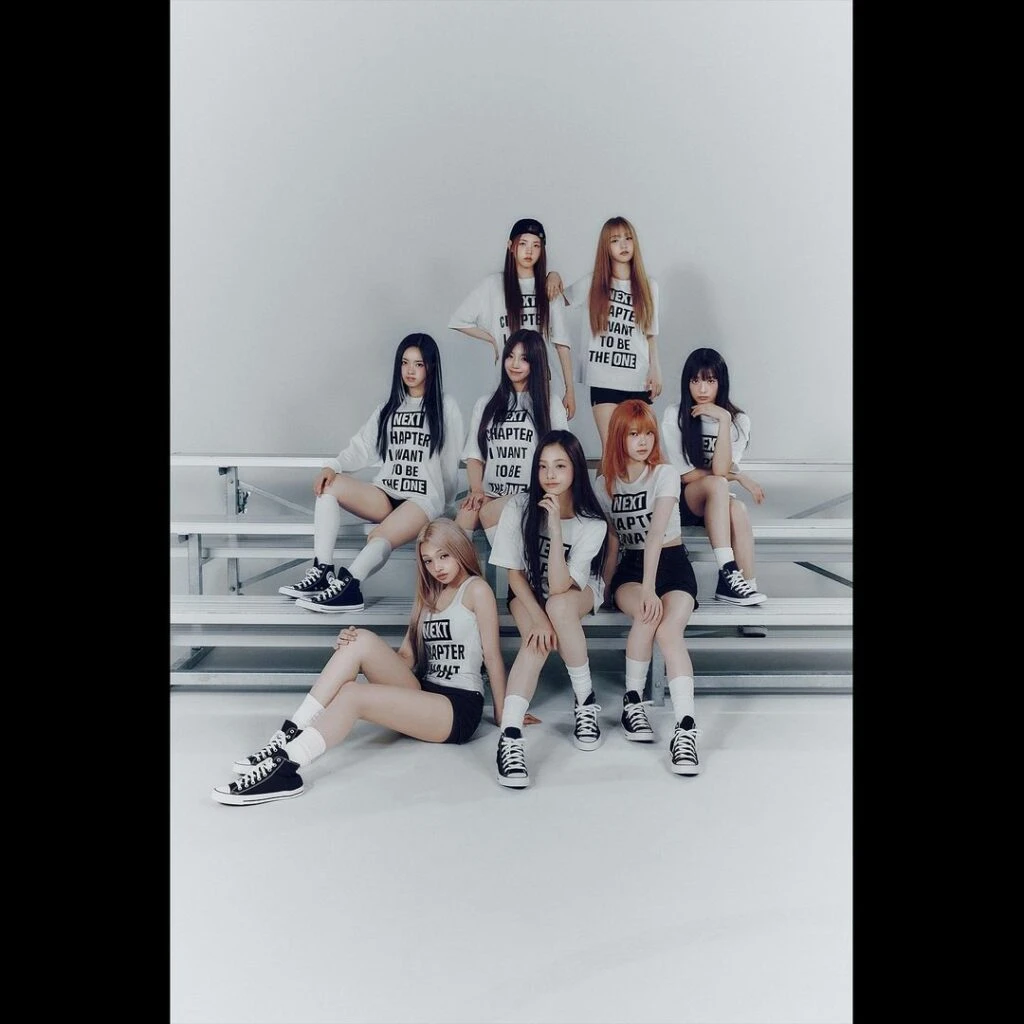
ILL-IT, another girl group from Hybe is already making impact as well (not a surprise because their cute concept is indeed captivating).
Additional groups are that believed to be in the 5TH GEN of KPOP are YG’s Riize, Fantagio’s Lun8 and Xodiac. Hybe was also reported to debut more boy groups starting this year til next year.
The Fashion and Music Style of the 5TH KPOP Generation
Netizens actually have been arguing whether the 5th generation has already started but many have agreed that it already did. It’s safe to say that the aftermath of the pandemic made things rush. When it comes to fashion, since the 5th generation are all still young, they are playing it safe with outfits that are leaning to cute and baggy concepts at the moment.
2023 is a rollercoaster year and we’re only halfway through it. It is quite exciting to wait for what the rest of the year holds and what is yet to unfold especially on the type of music these groups will release and fashion statements that will break through.
***
The evolution of K-Pop through the generations has shaped the genre into the global phenomenon it is today. From the first generation’s humble beginnings to the third generation’s global domination, each era has left an indelible mark on K-Pop’s history. As the fourth generation gets bigger and as we anticipate the productions from the fifth, one thing is certain: KPOP will continue to captivate audiences with its electrifying music, captivating performances, and ever-evolving creativity. So, whether you’re a fan of the first, second, third, or fourth generation, there’s no denying the magic of KPOP and the impact it has had on the world.
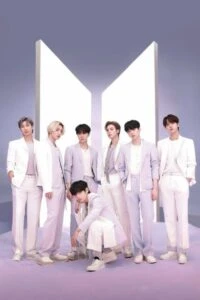
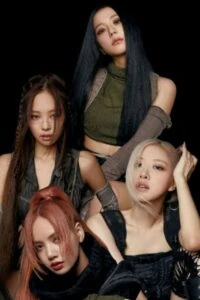
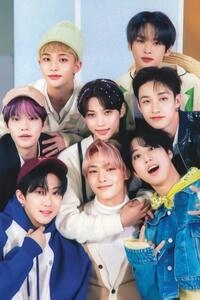
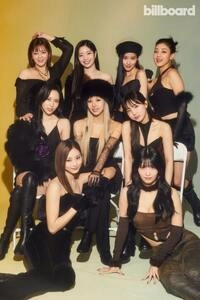

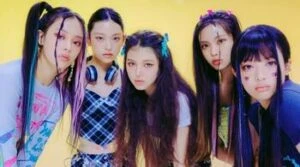
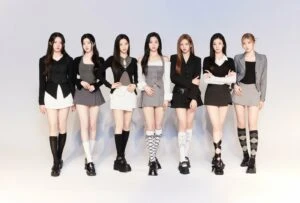
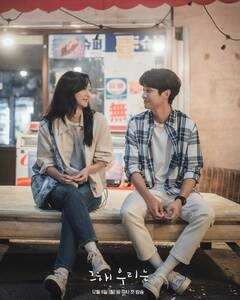
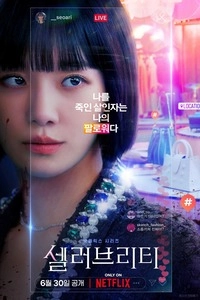
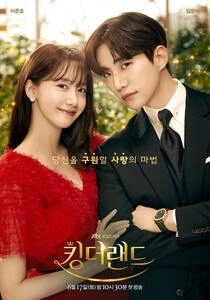
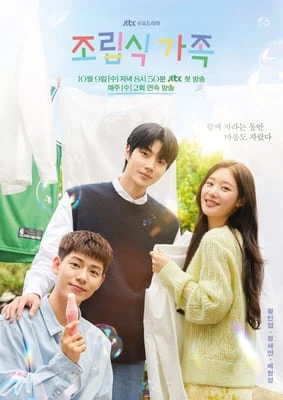
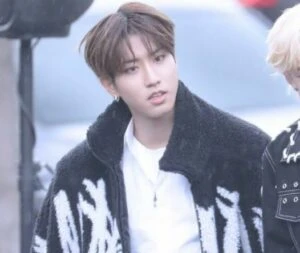

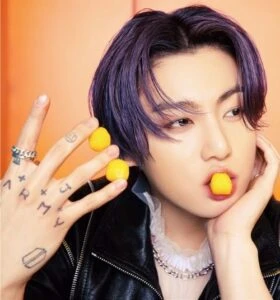






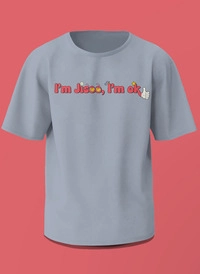
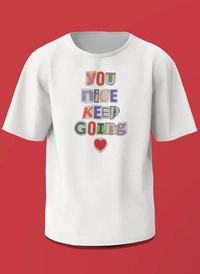

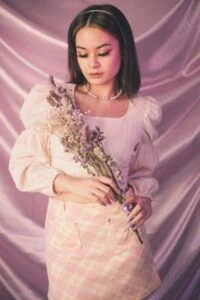
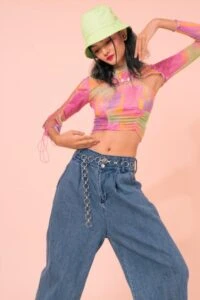


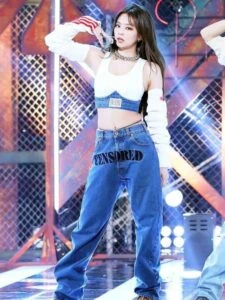
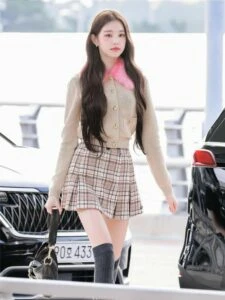
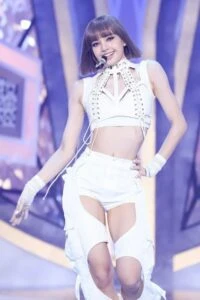
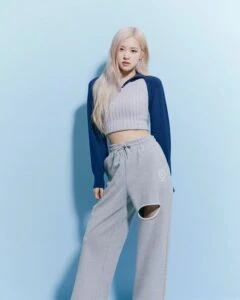
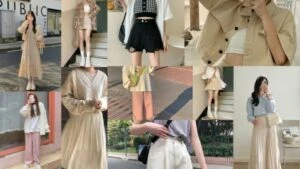



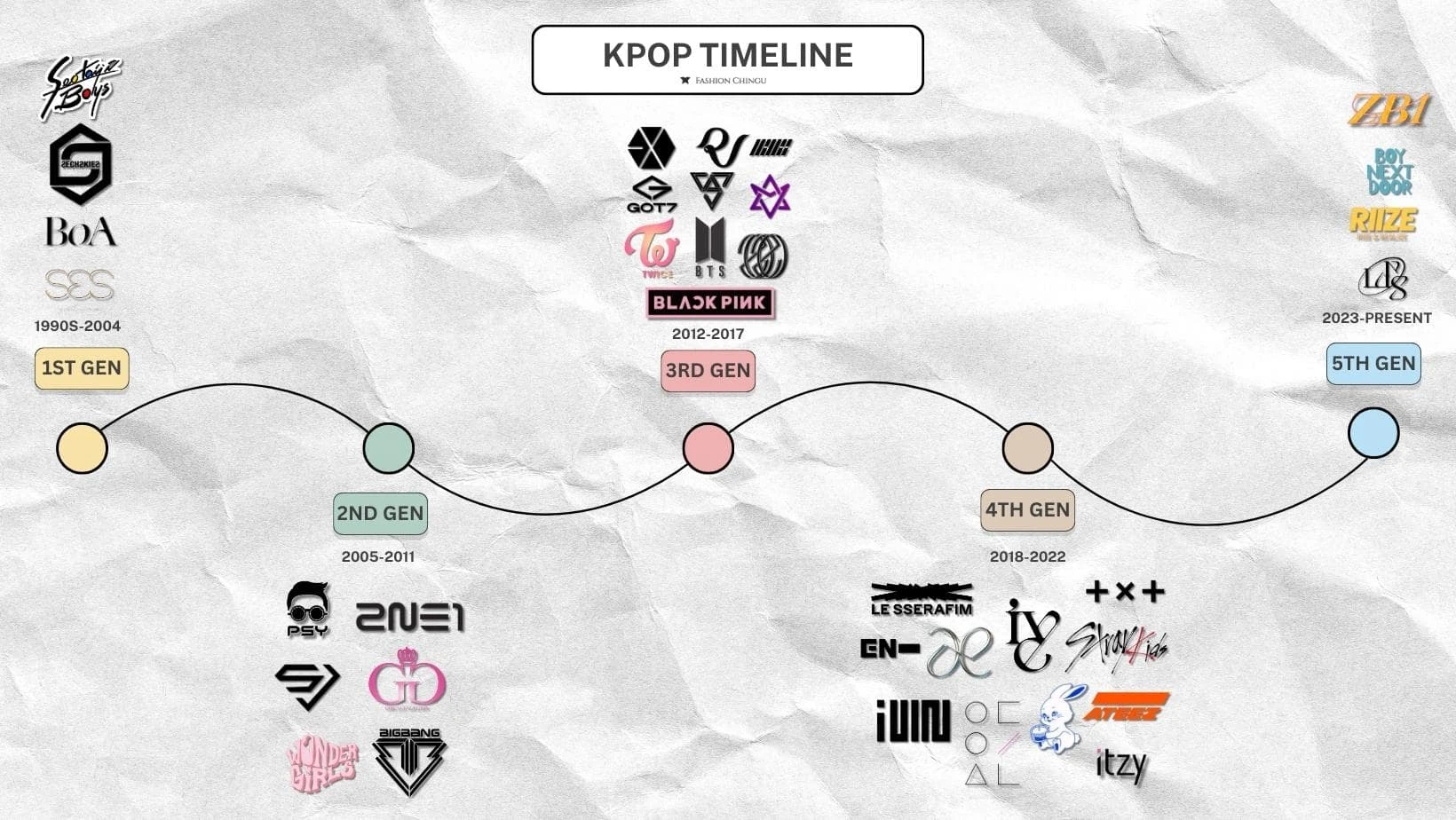
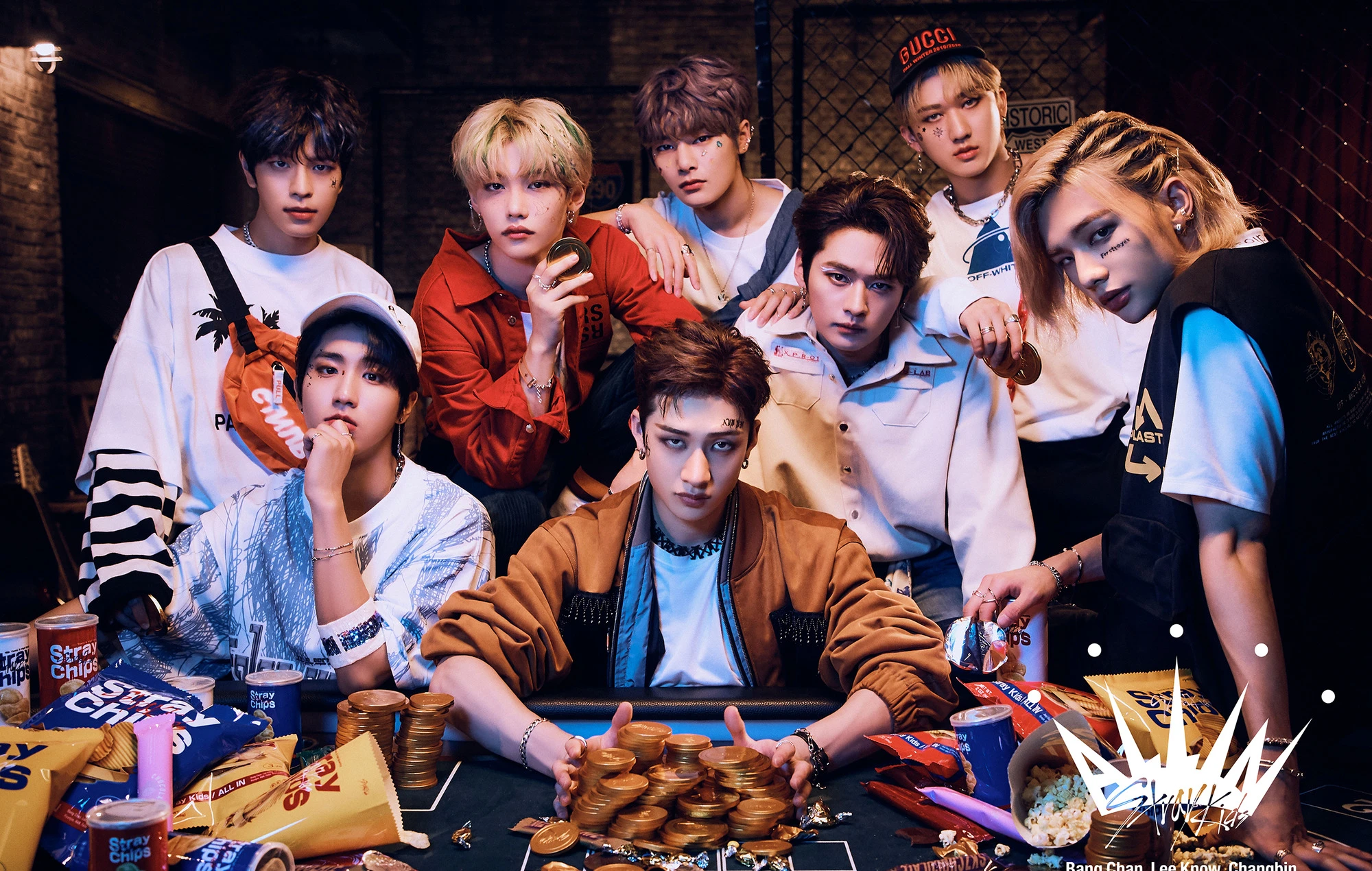

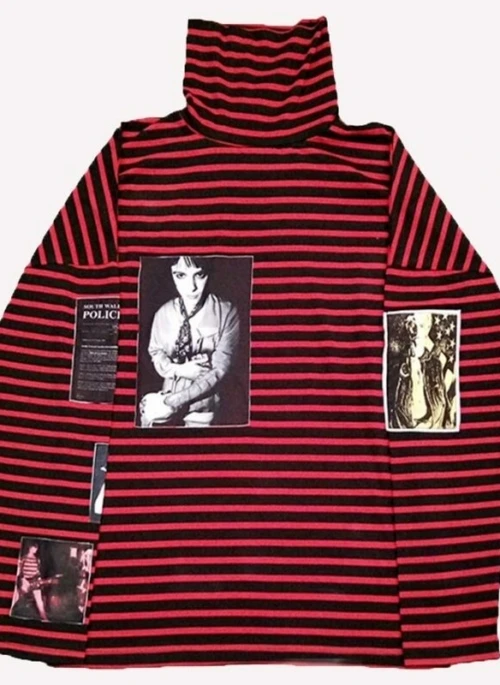
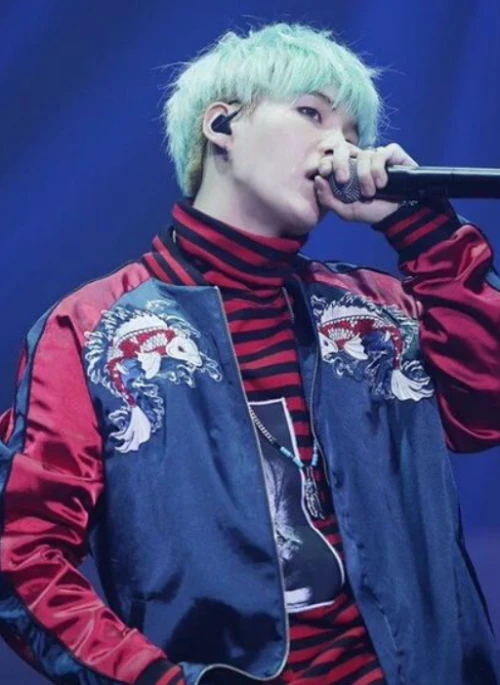
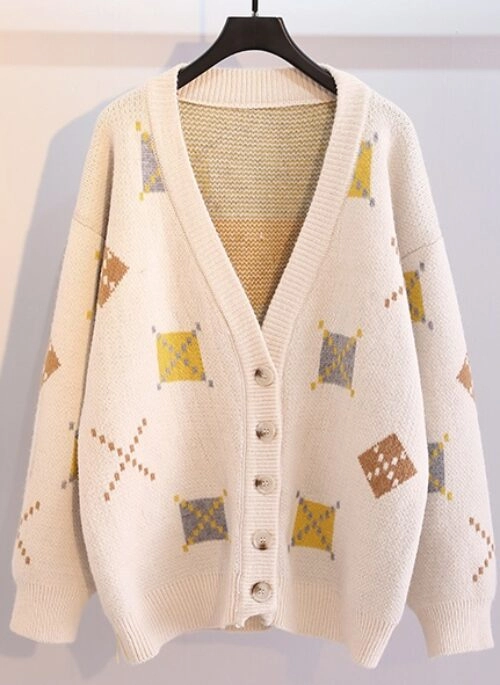
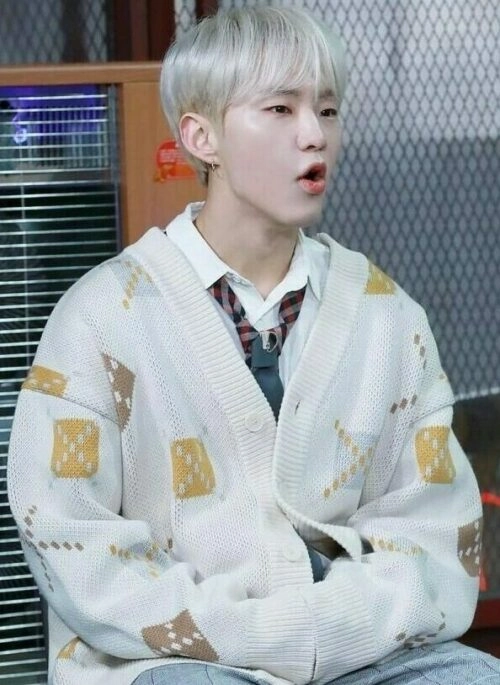
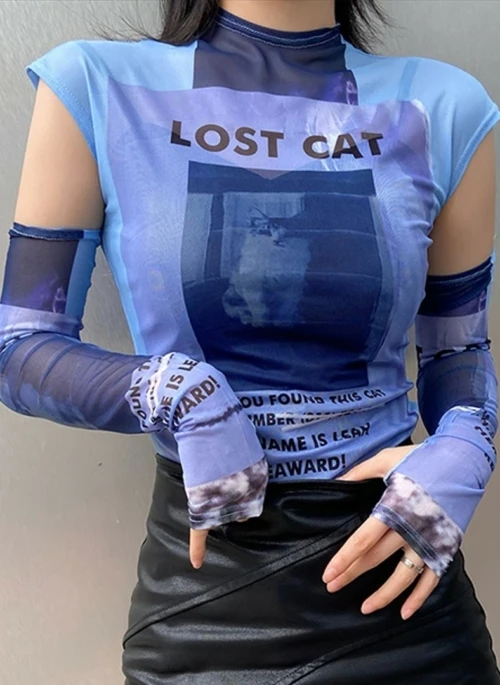
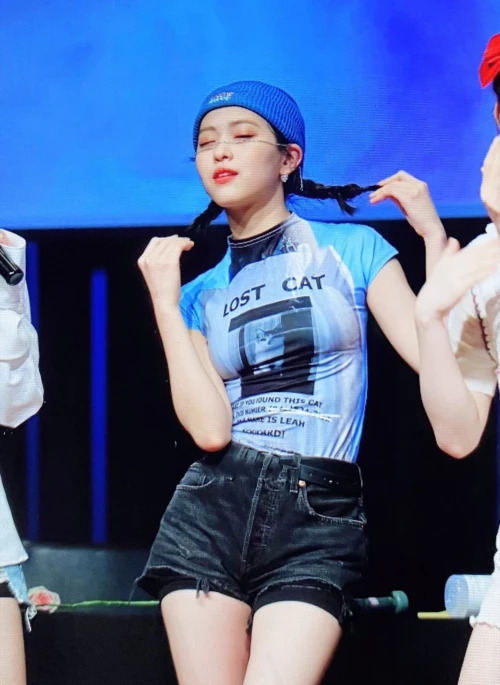
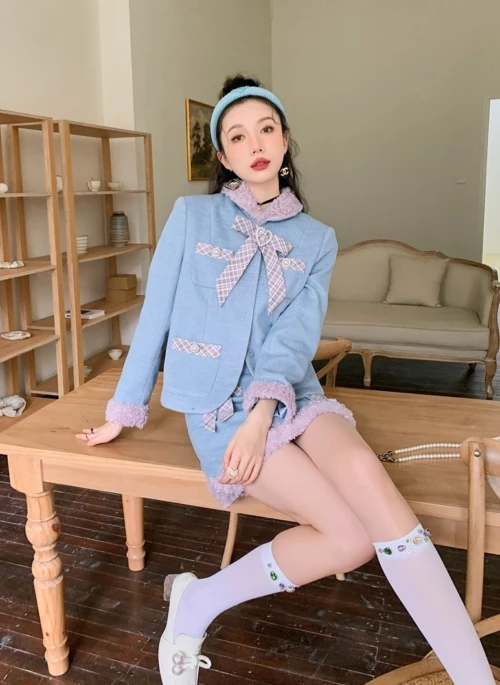
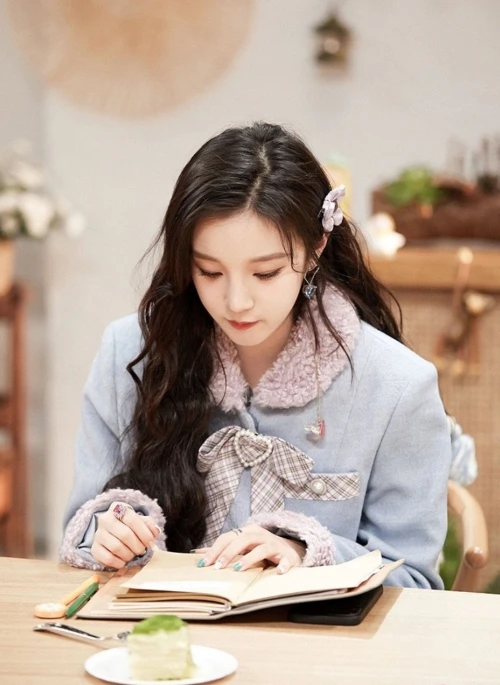
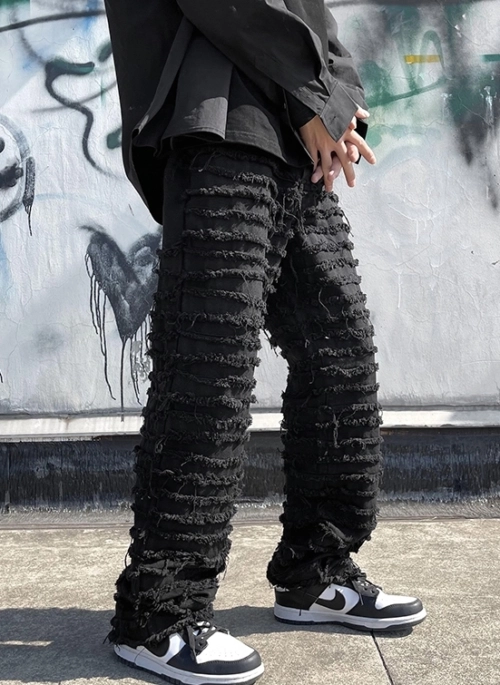
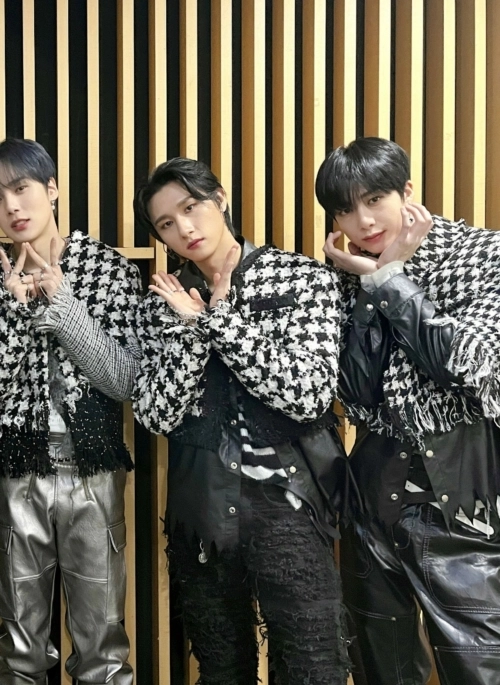
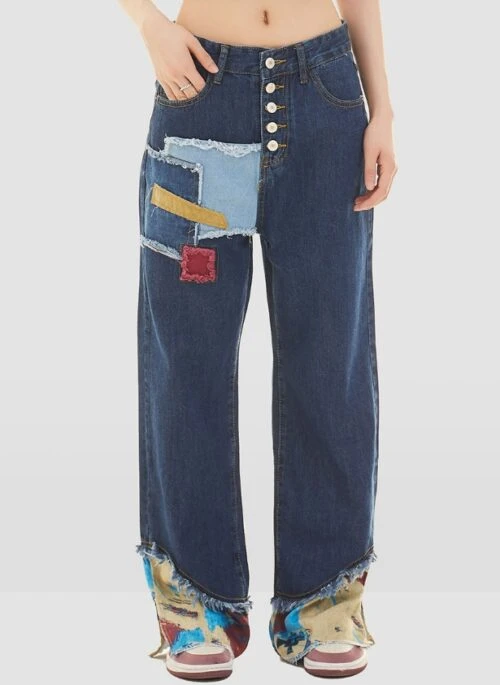
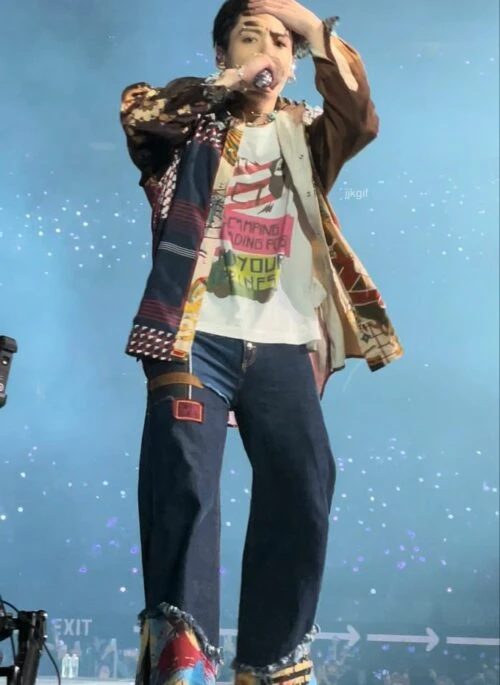
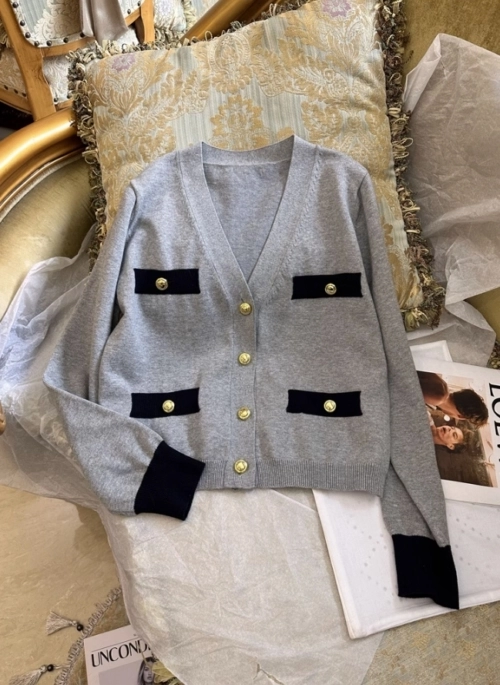
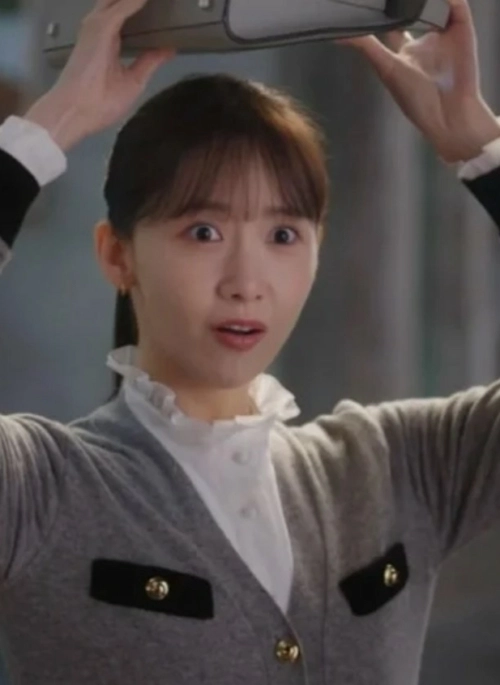
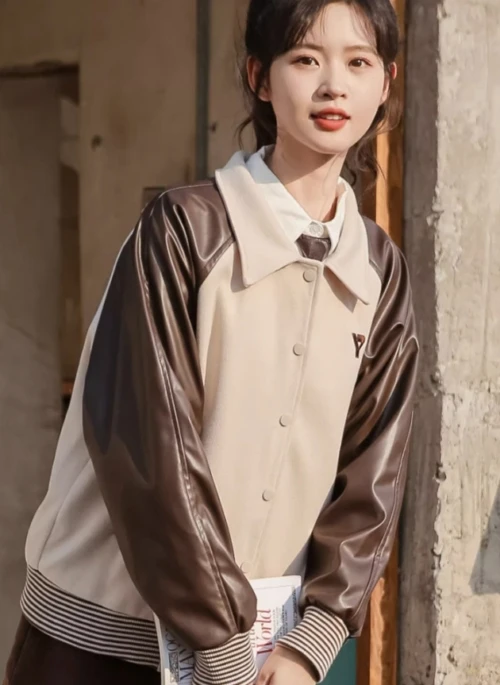
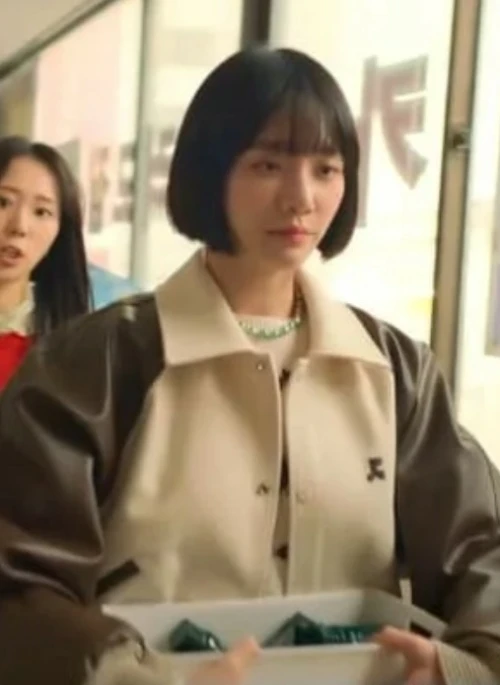
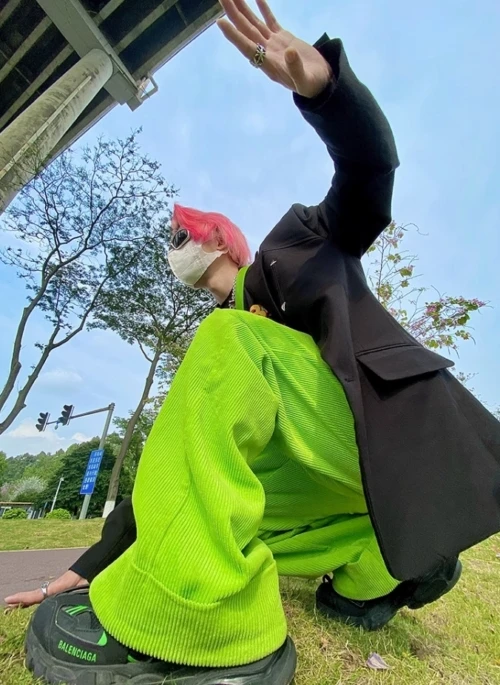
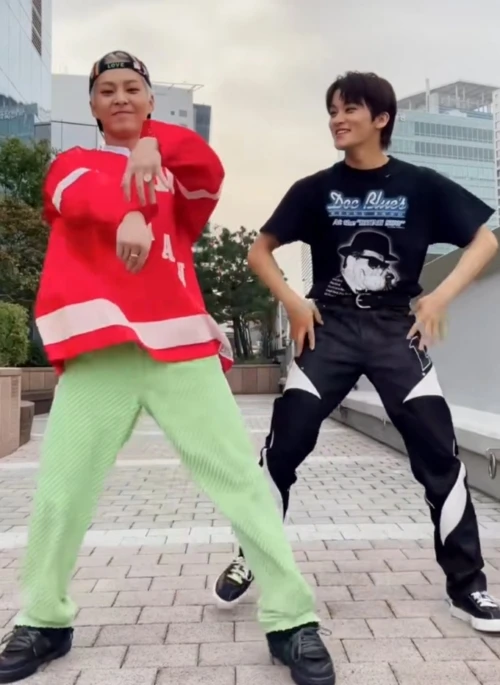
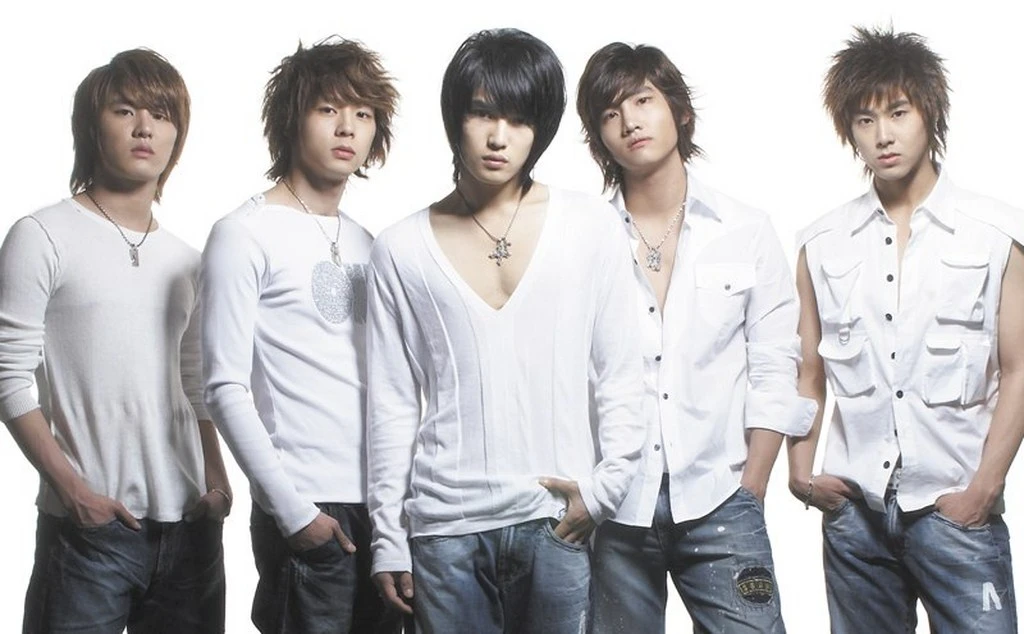
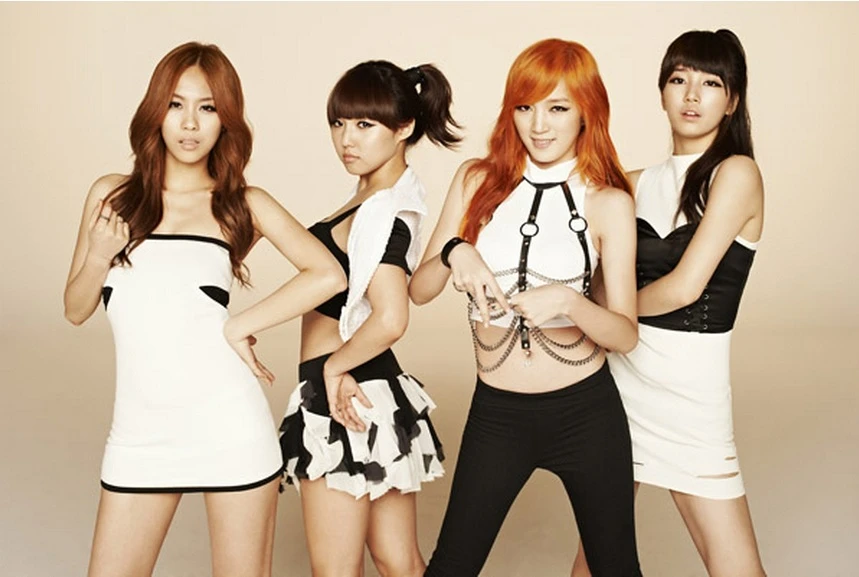
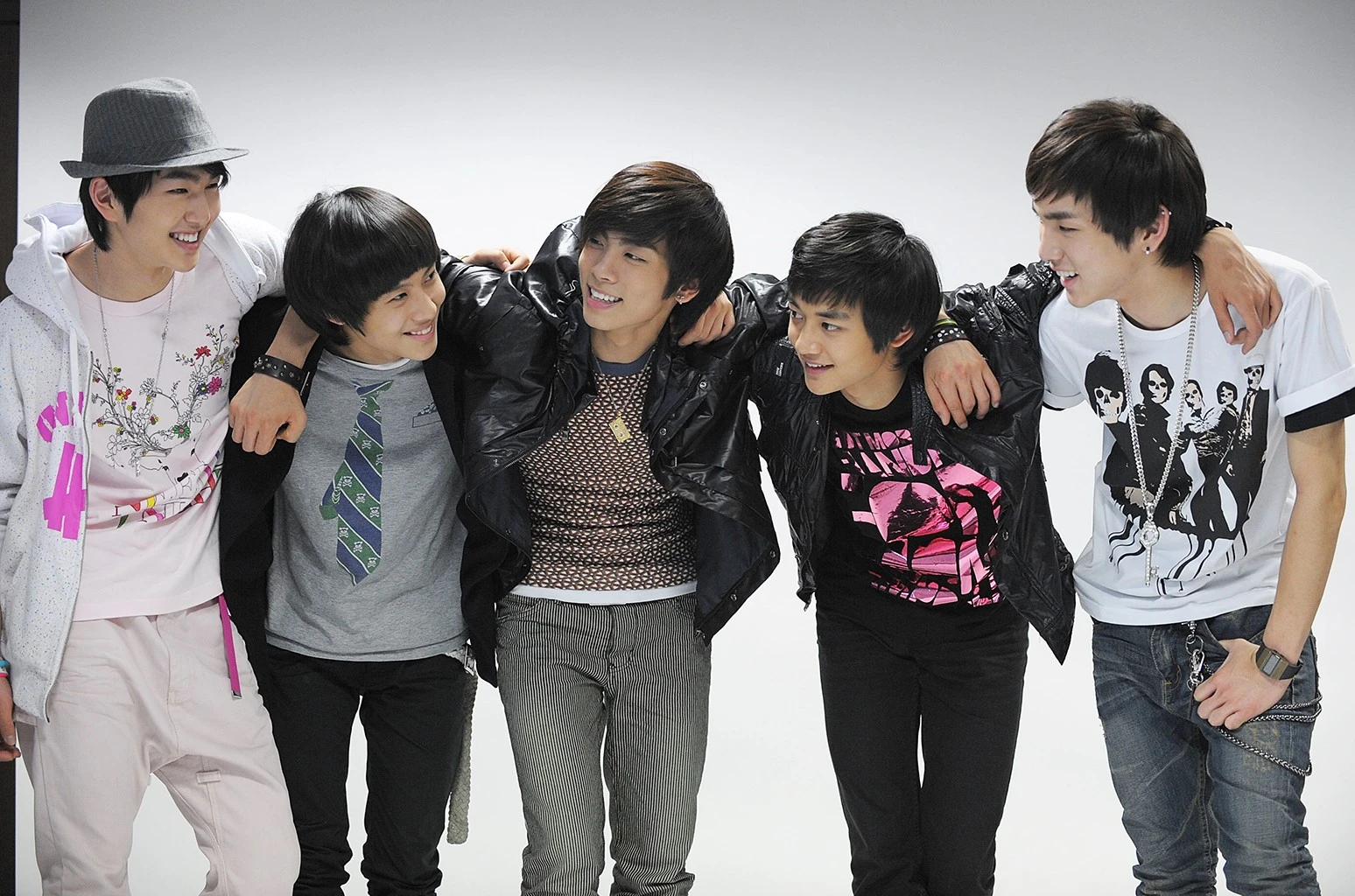
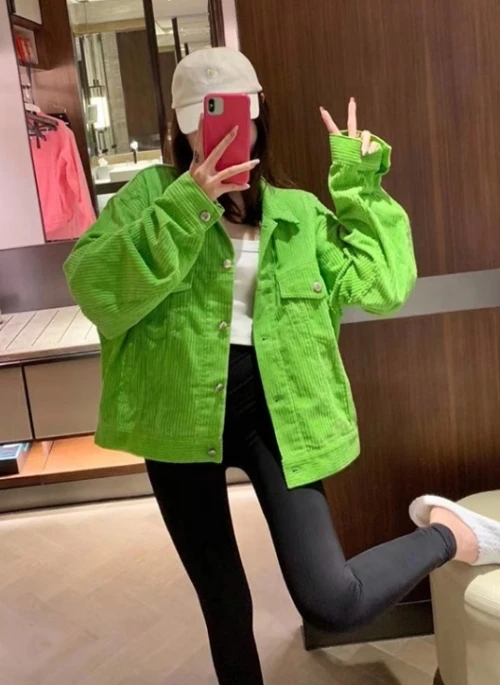
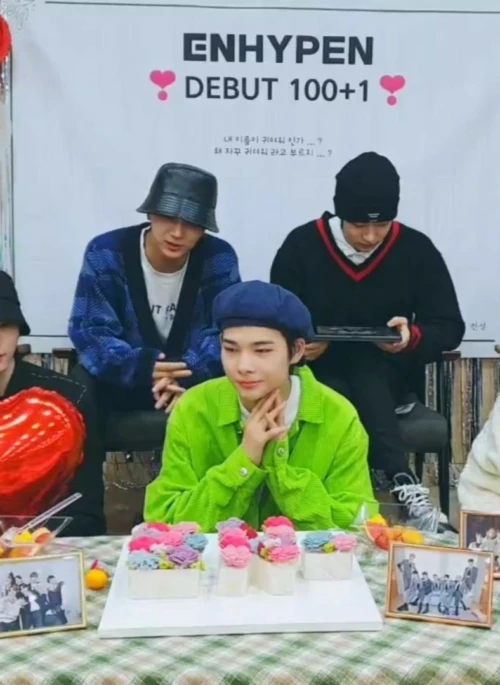
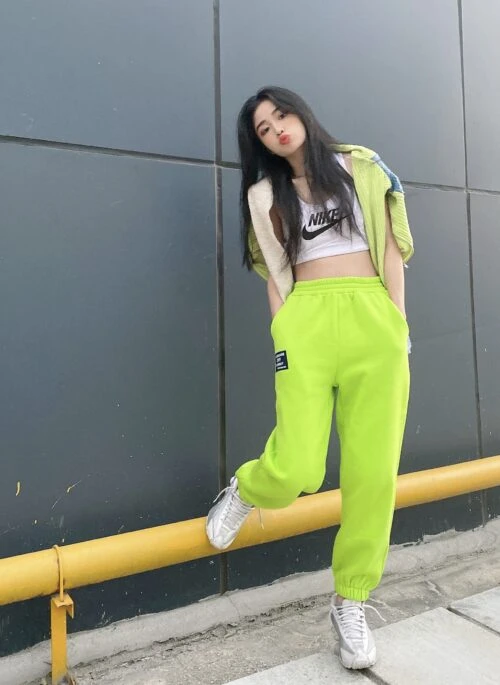
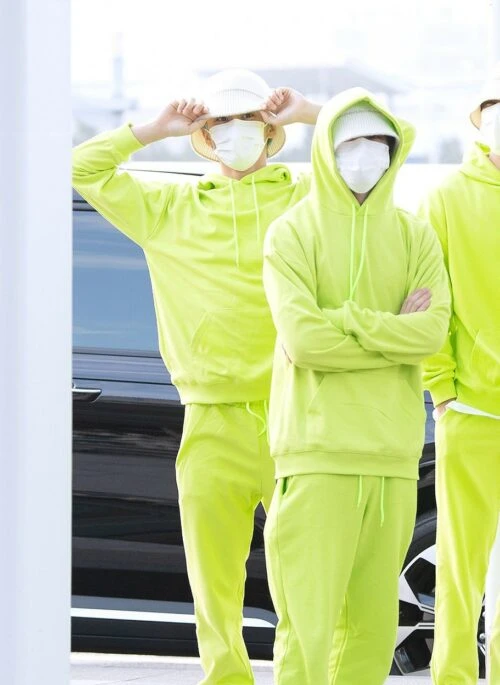
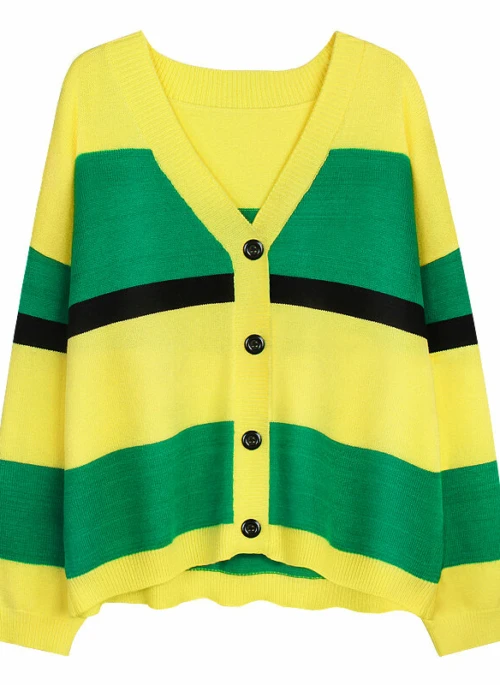
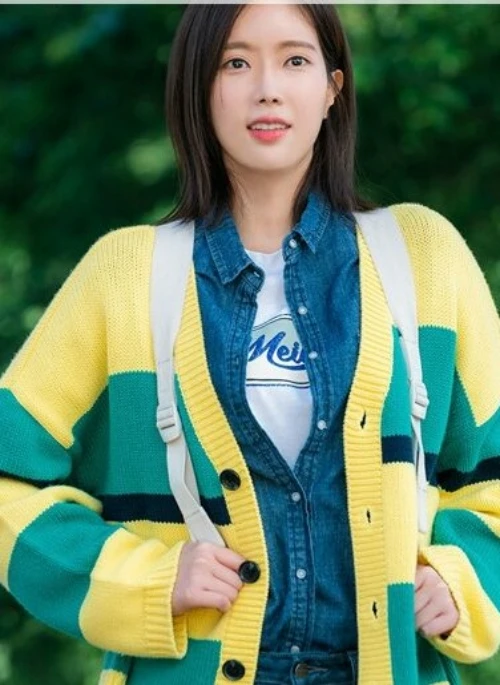
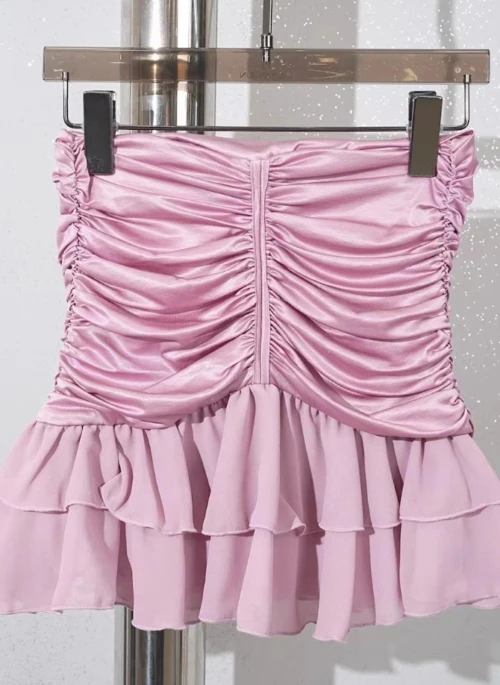
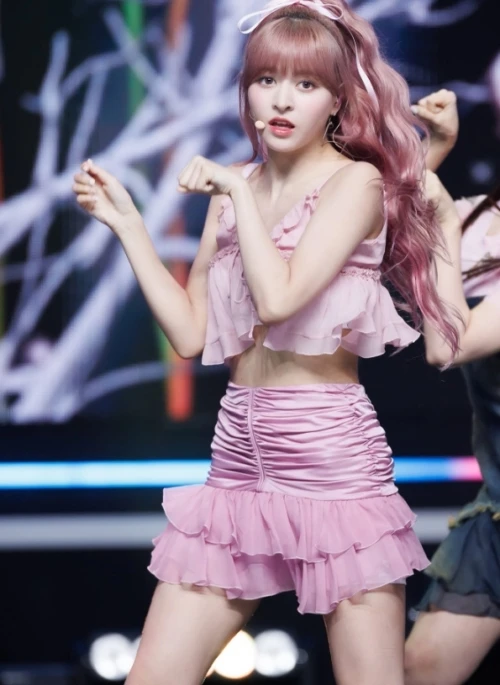
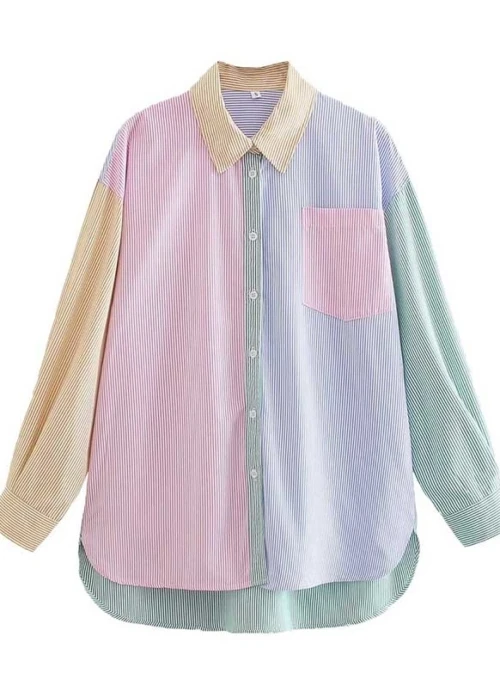
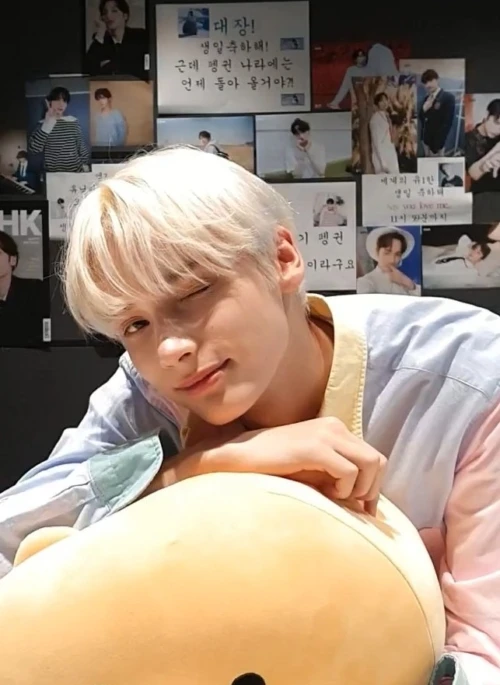
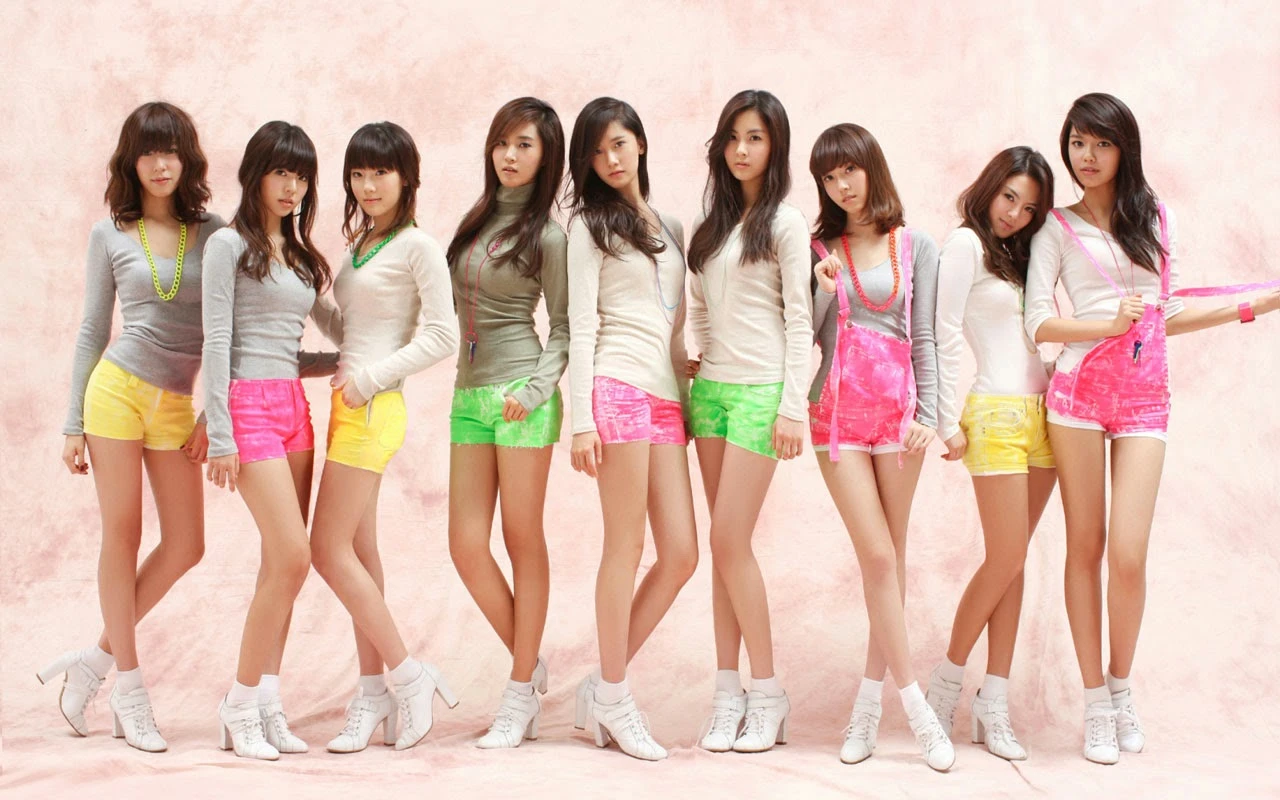
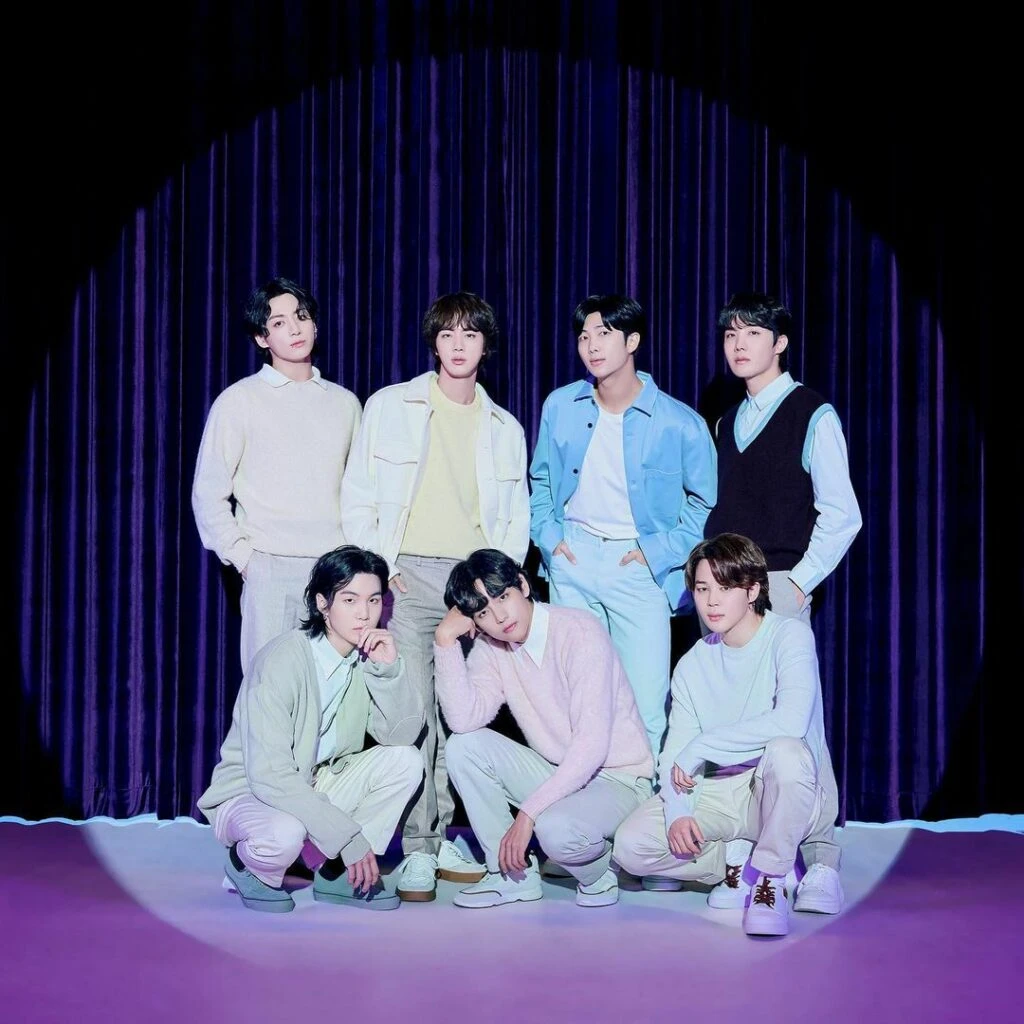
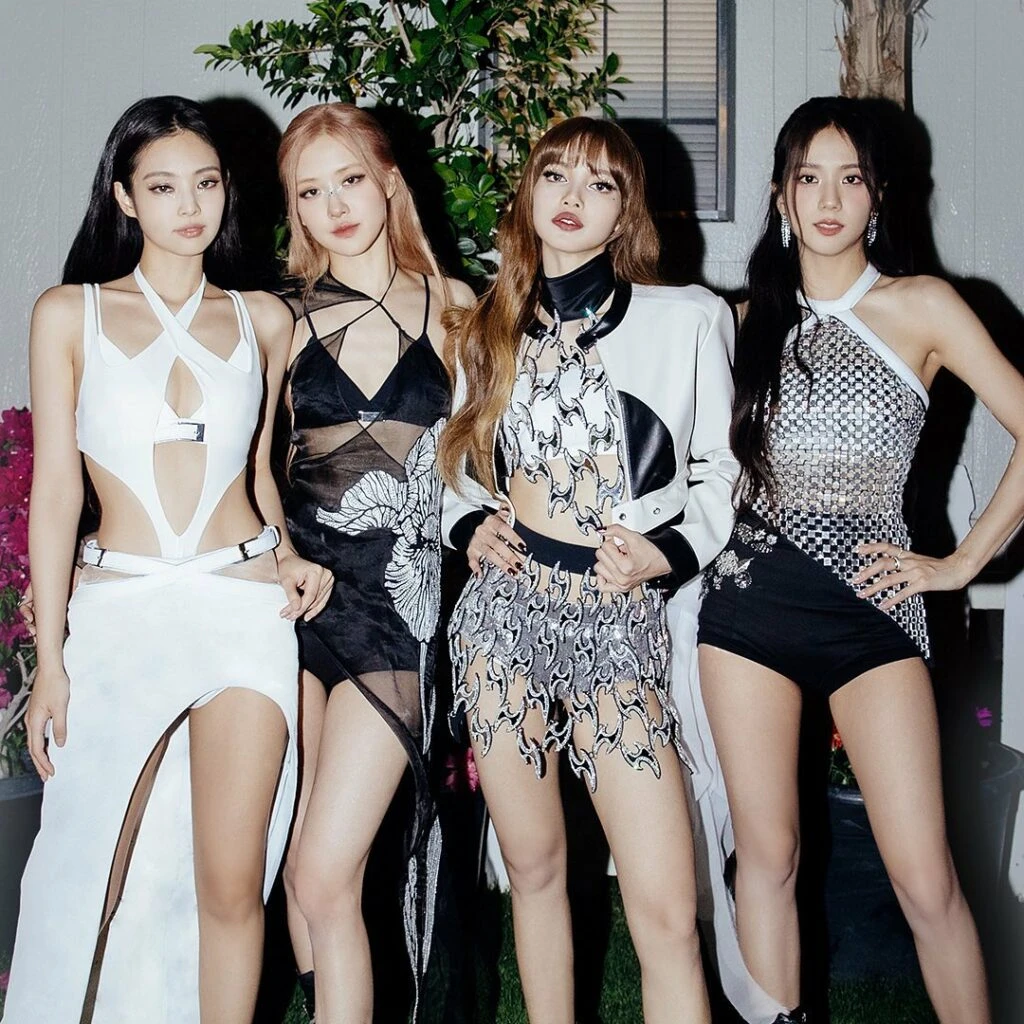
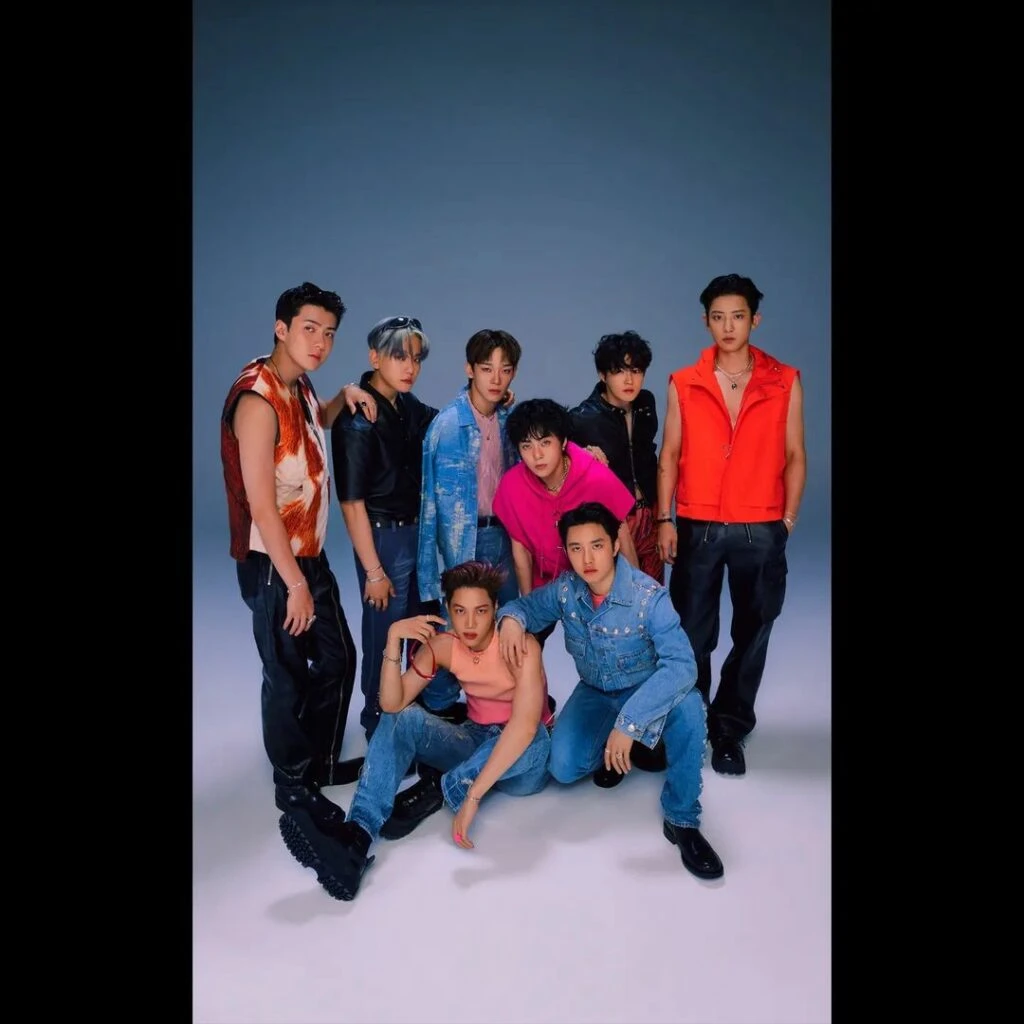
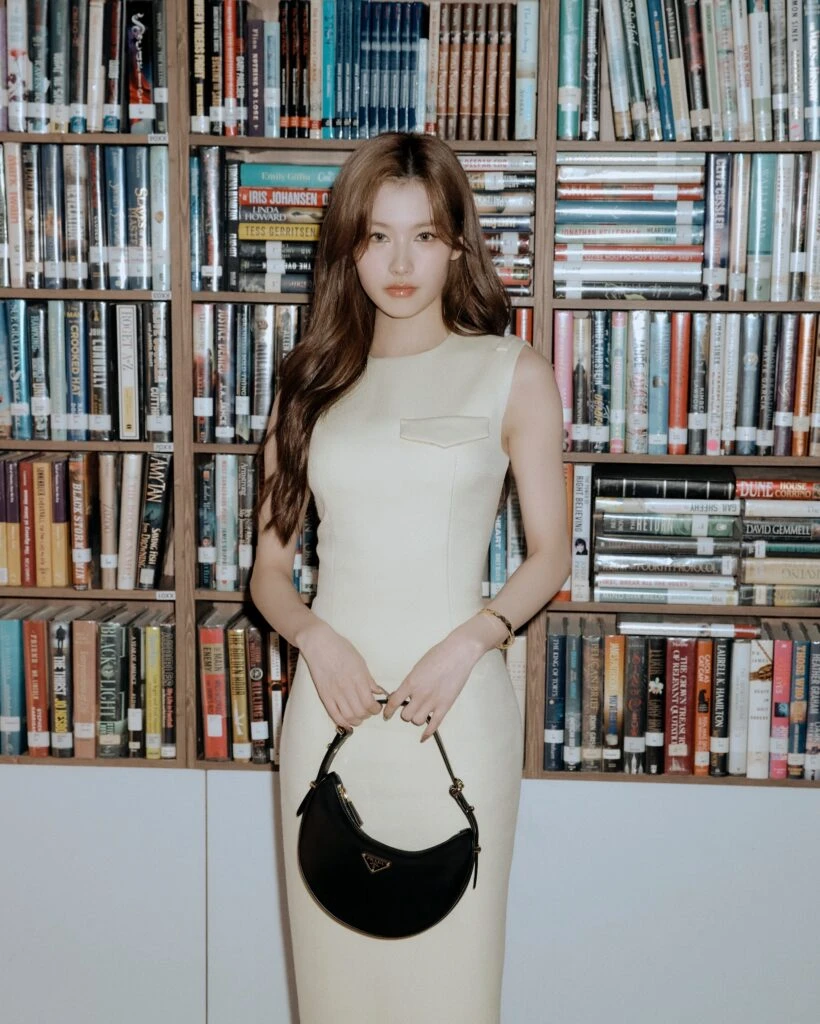
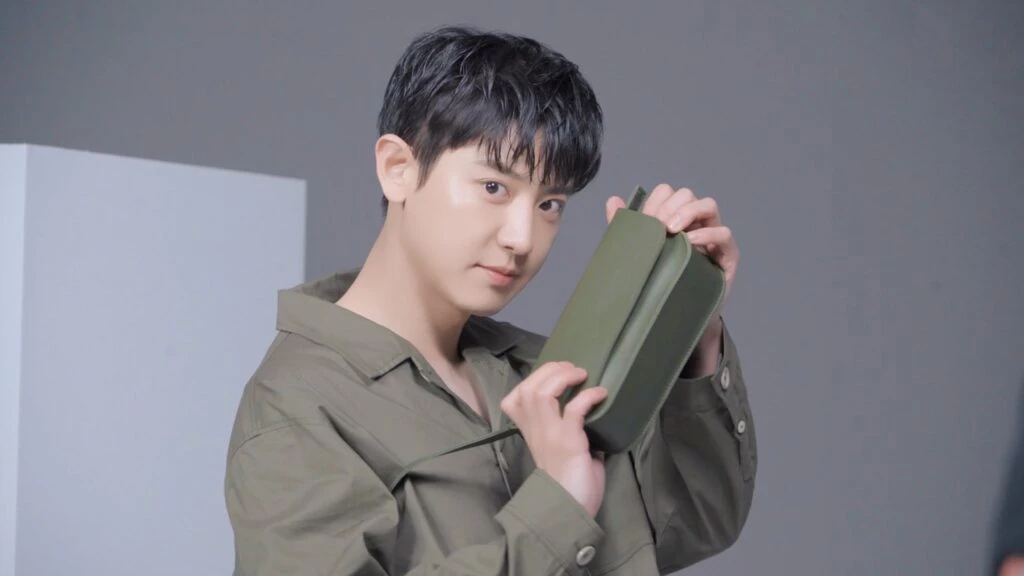
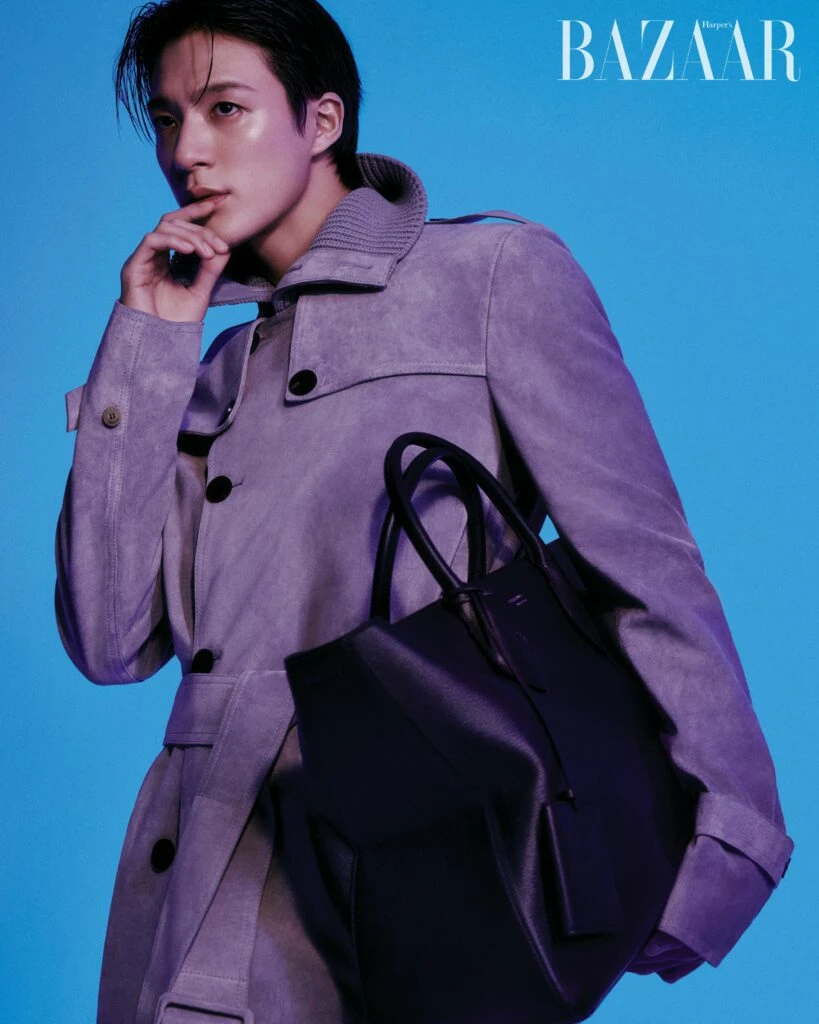
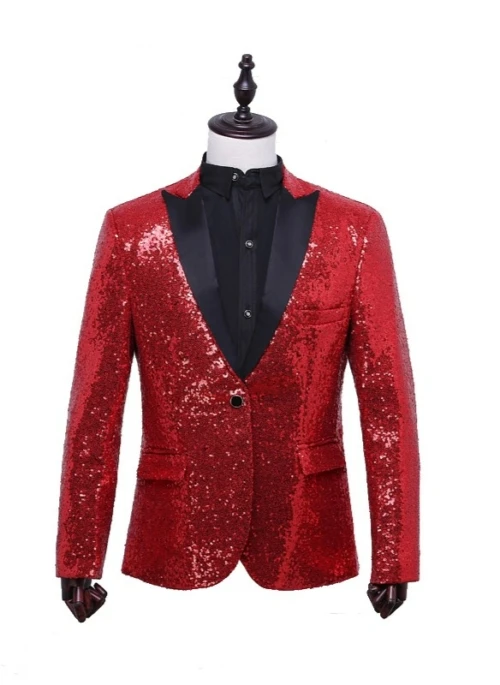
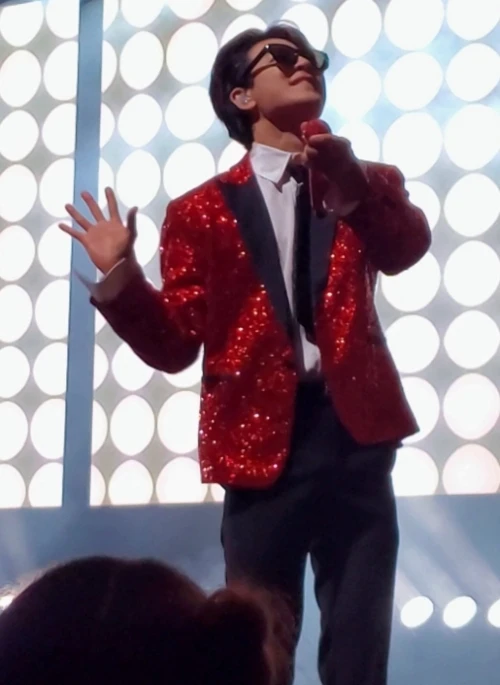
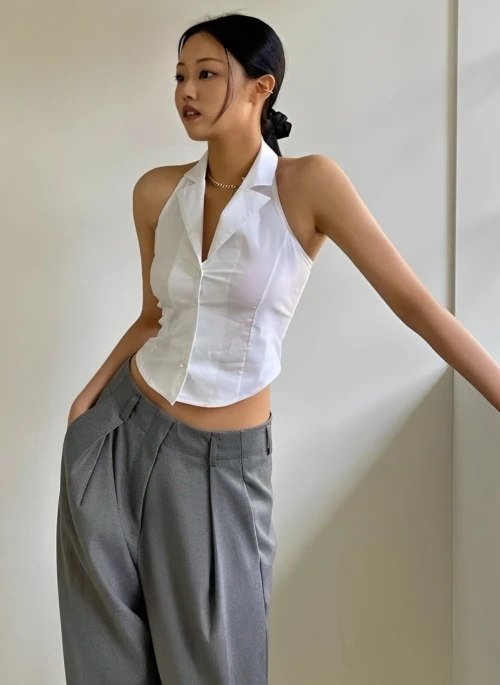
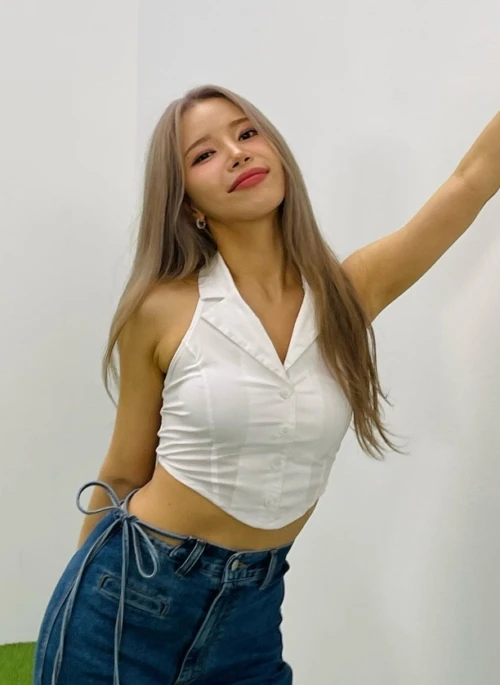
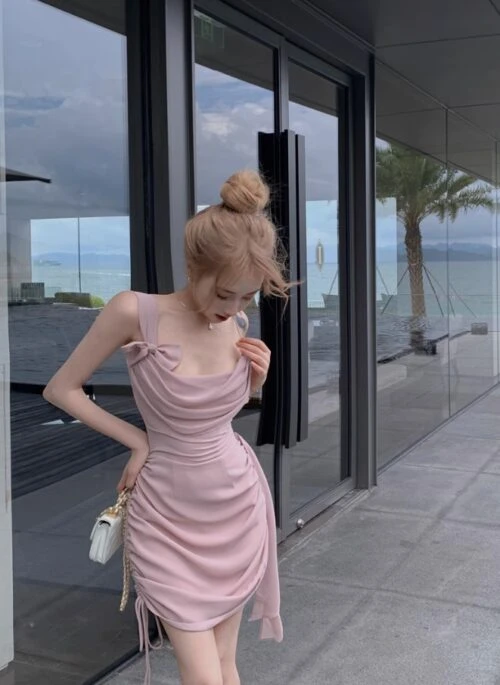
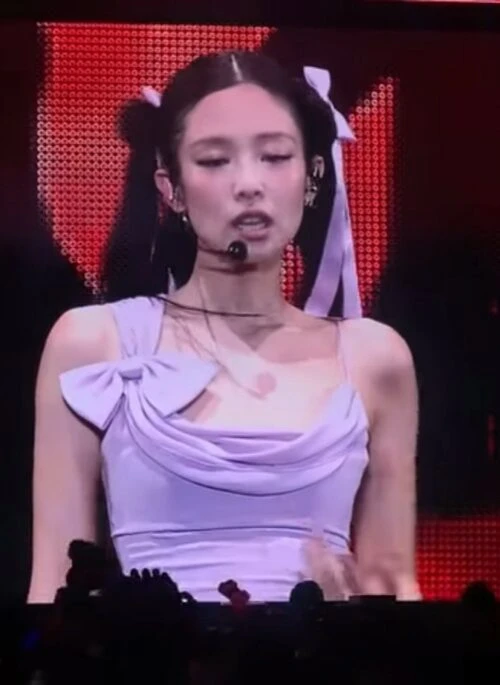
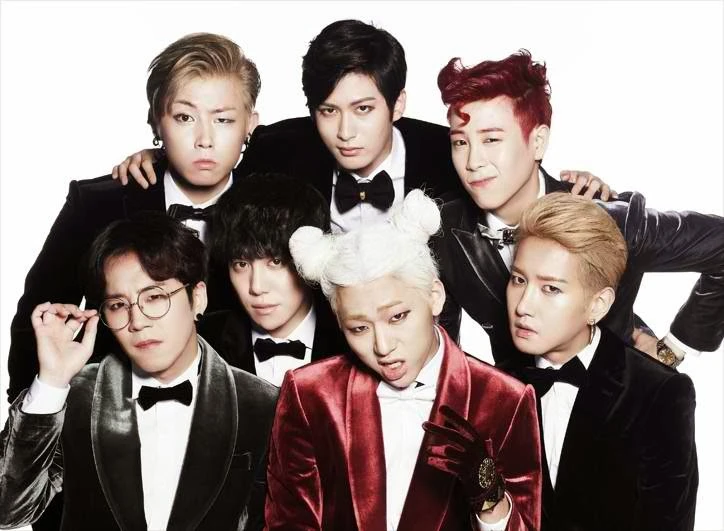
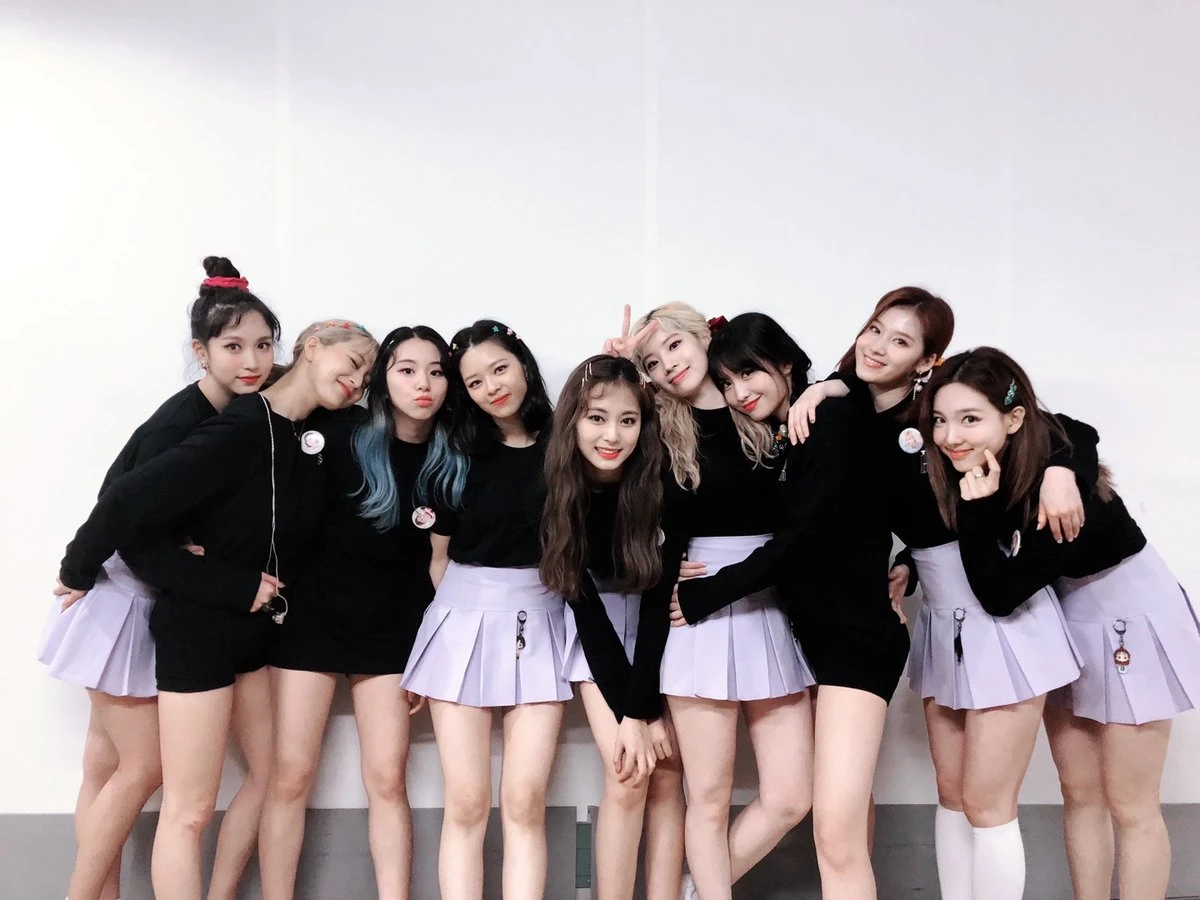
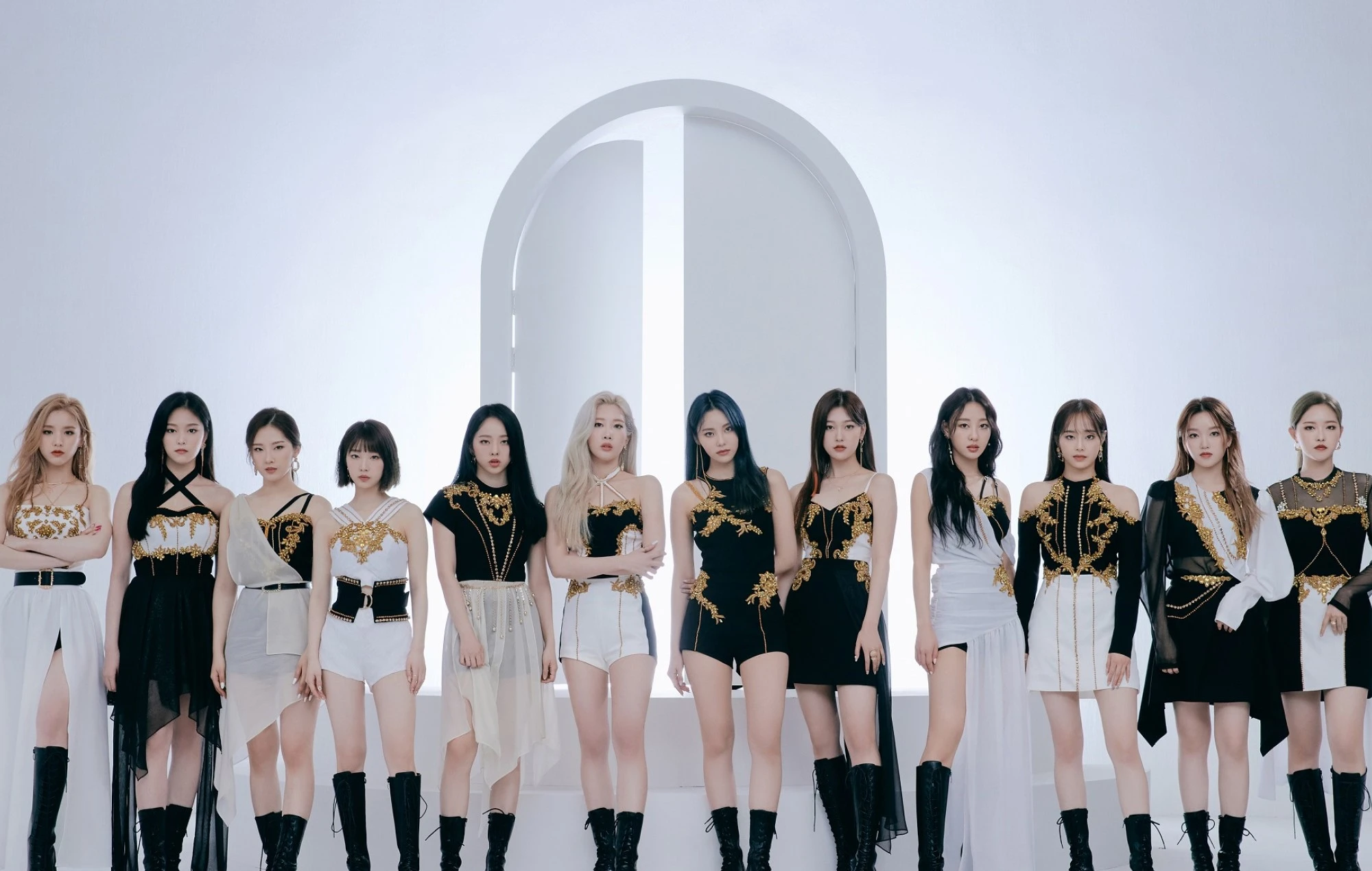
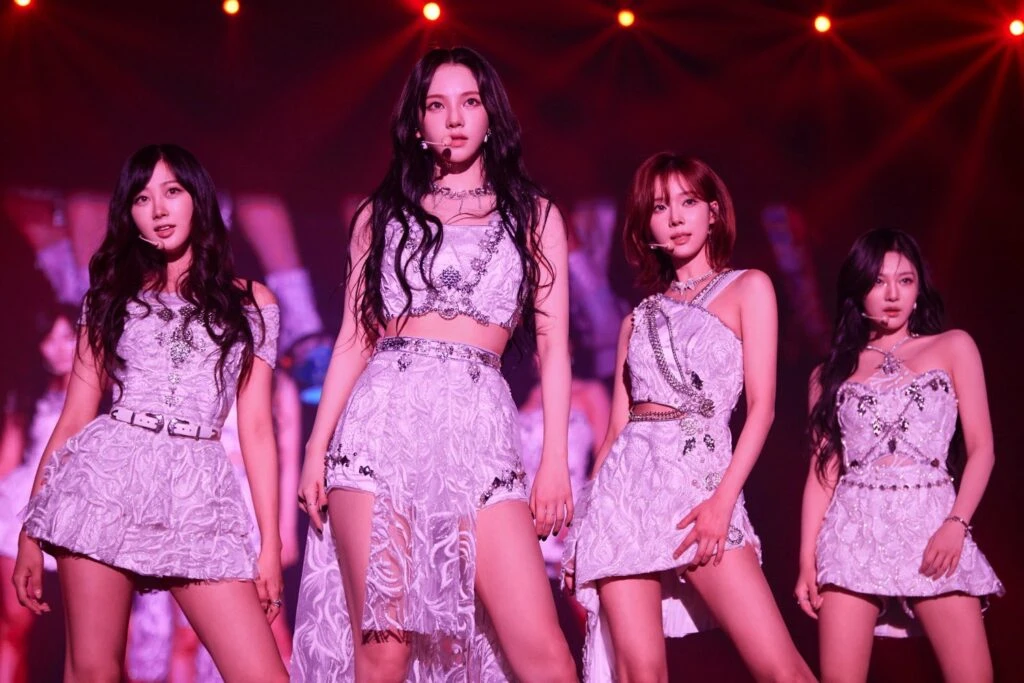
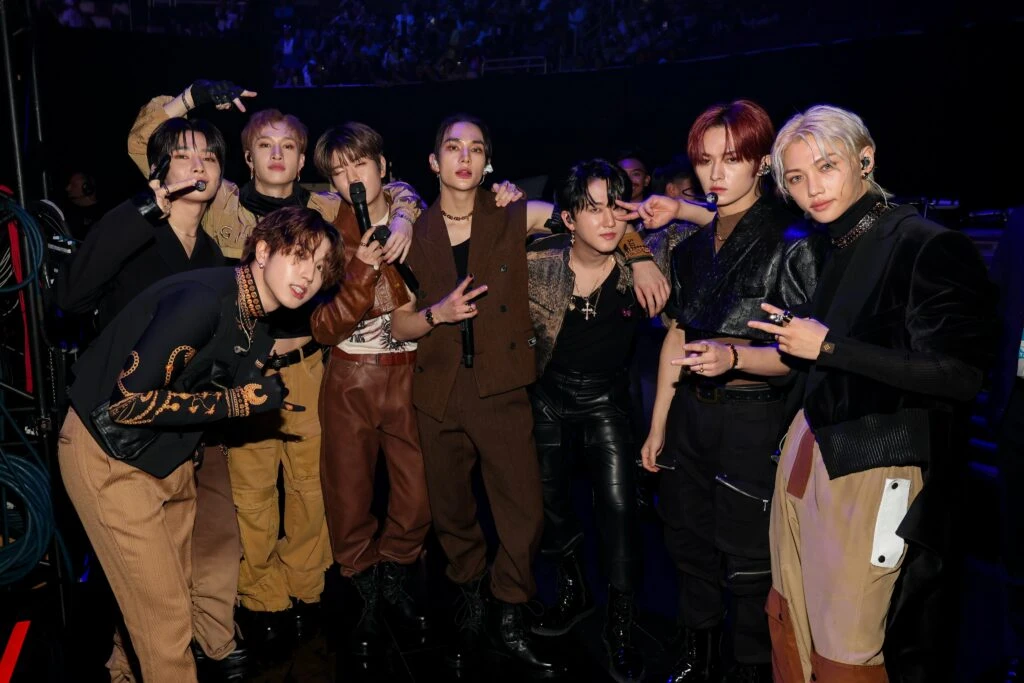
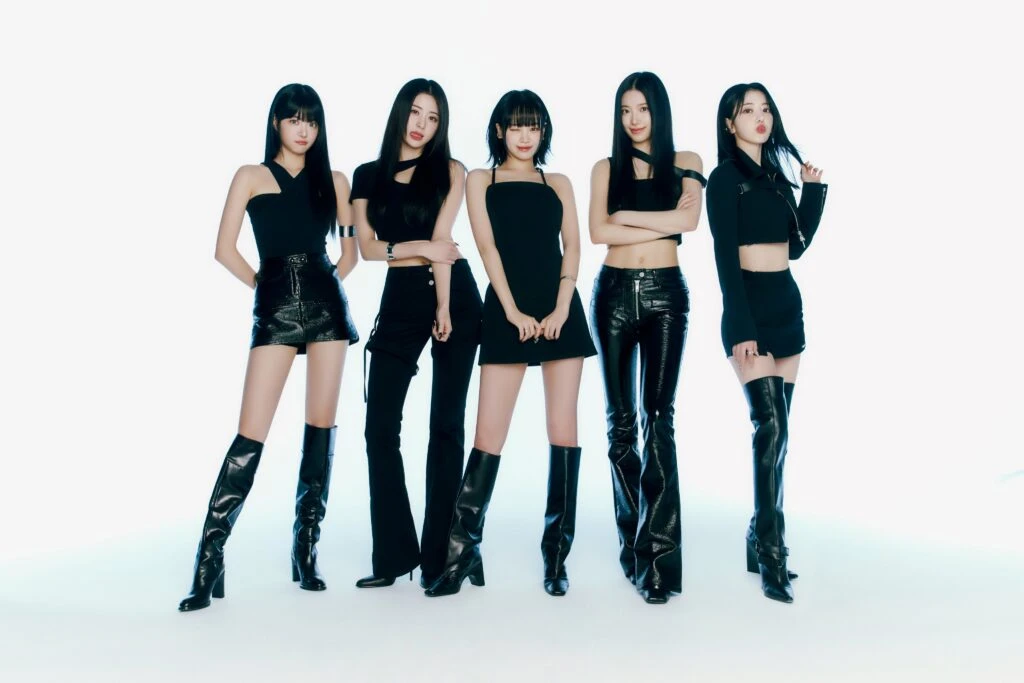
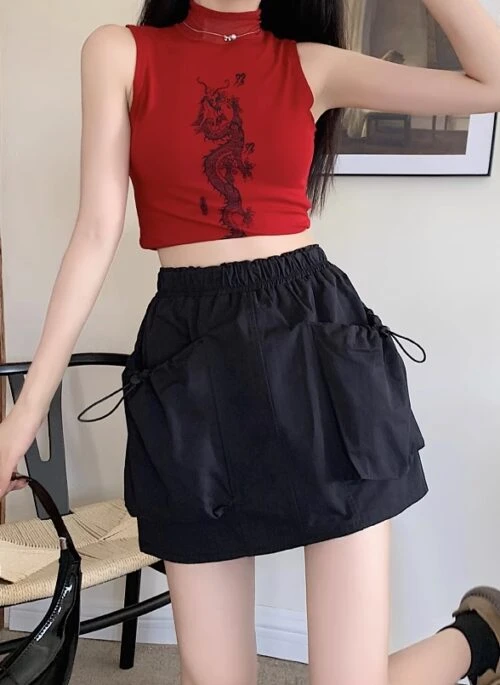
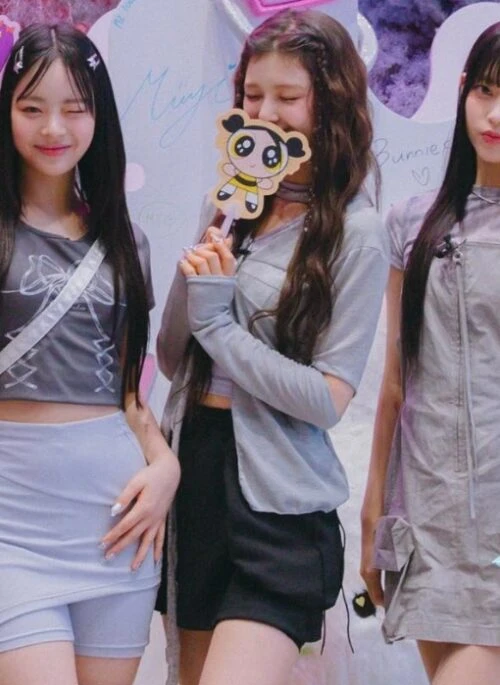
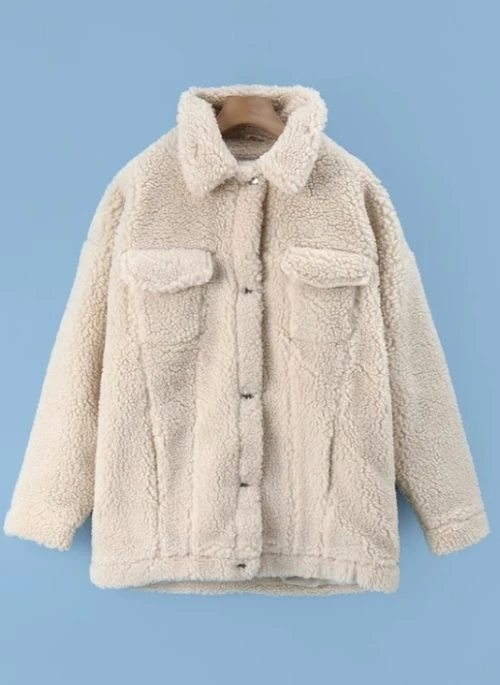
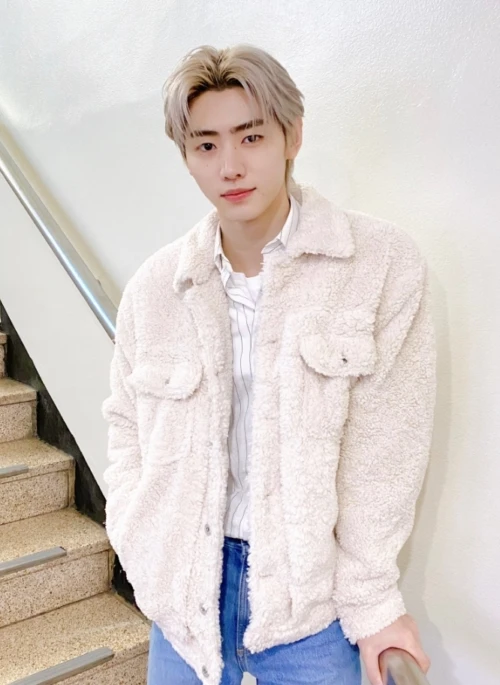
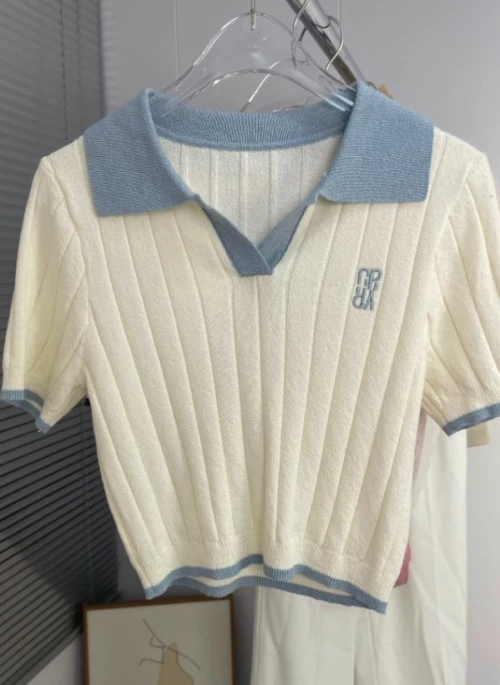
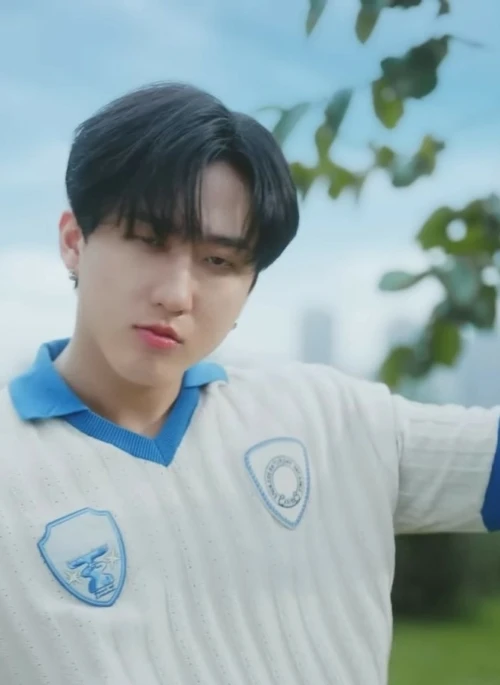
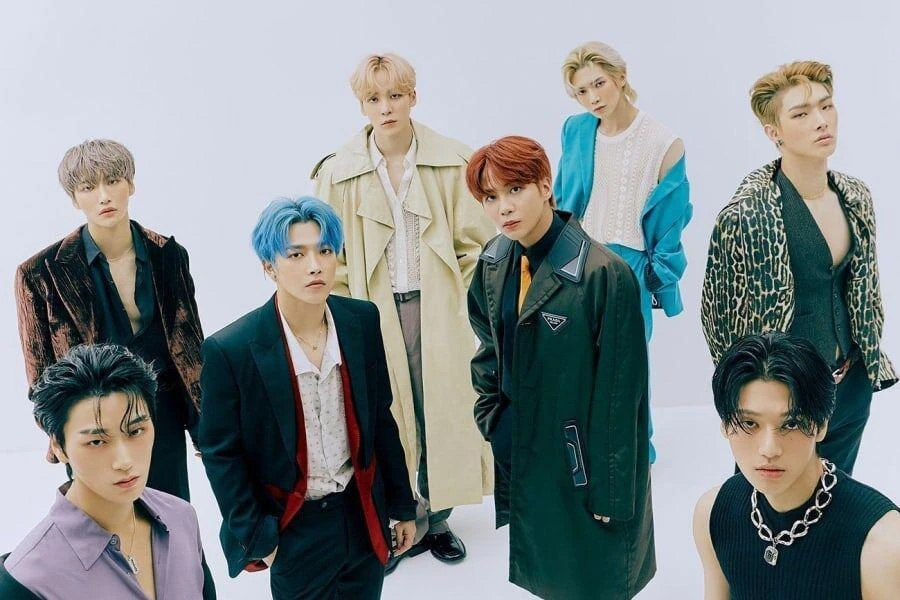
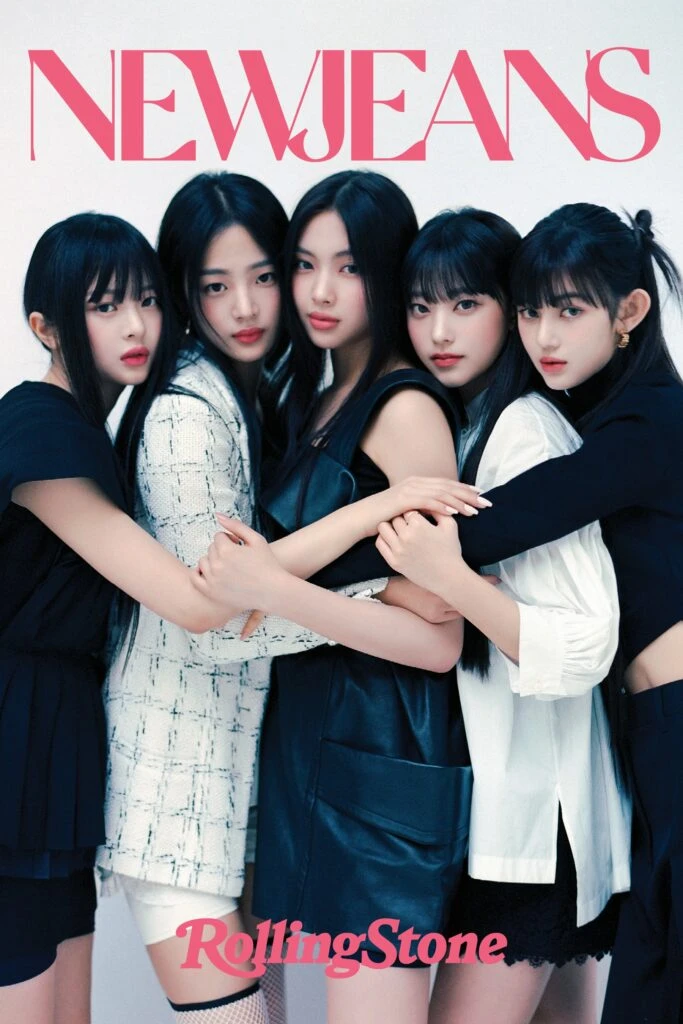
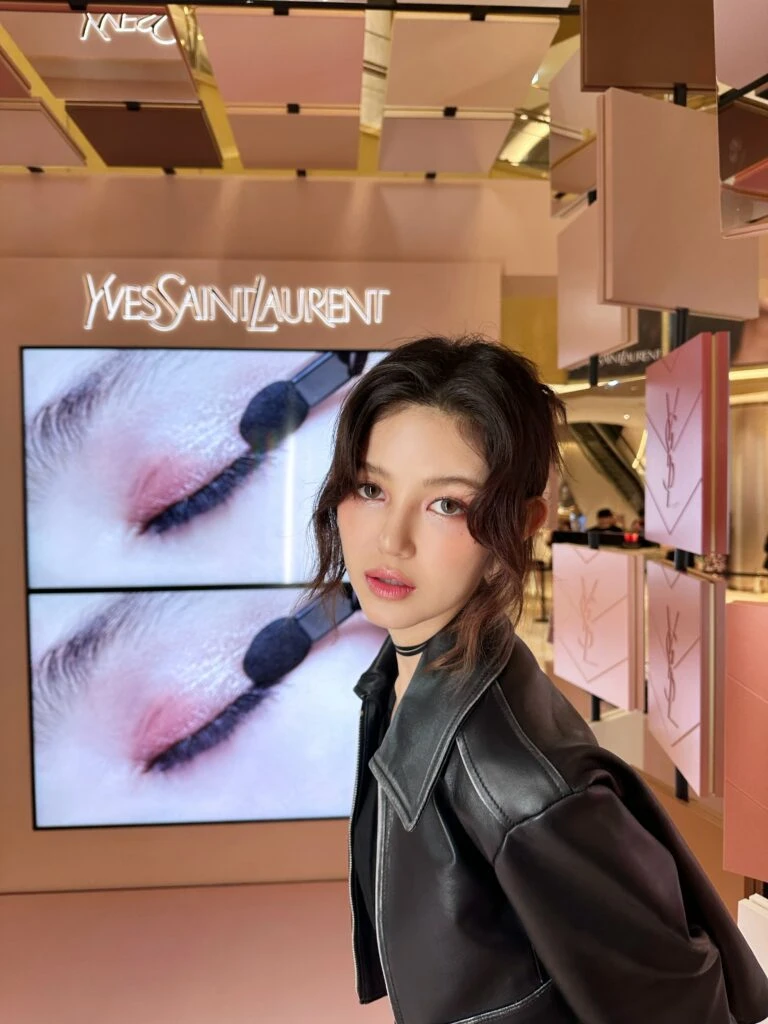
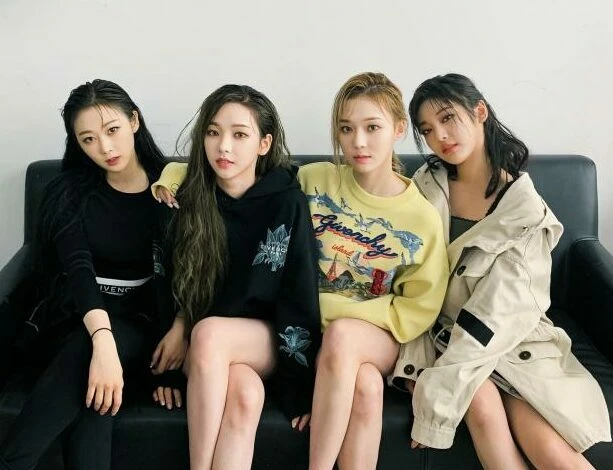

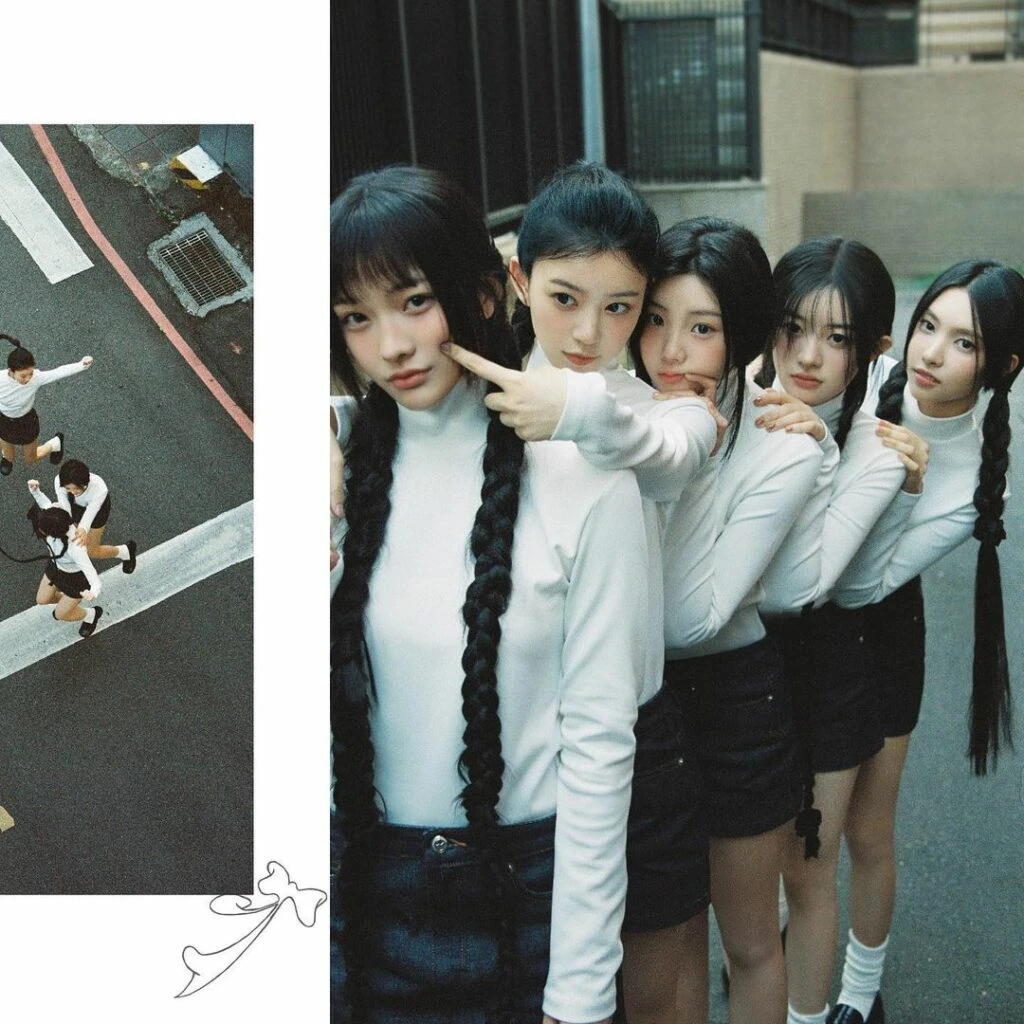
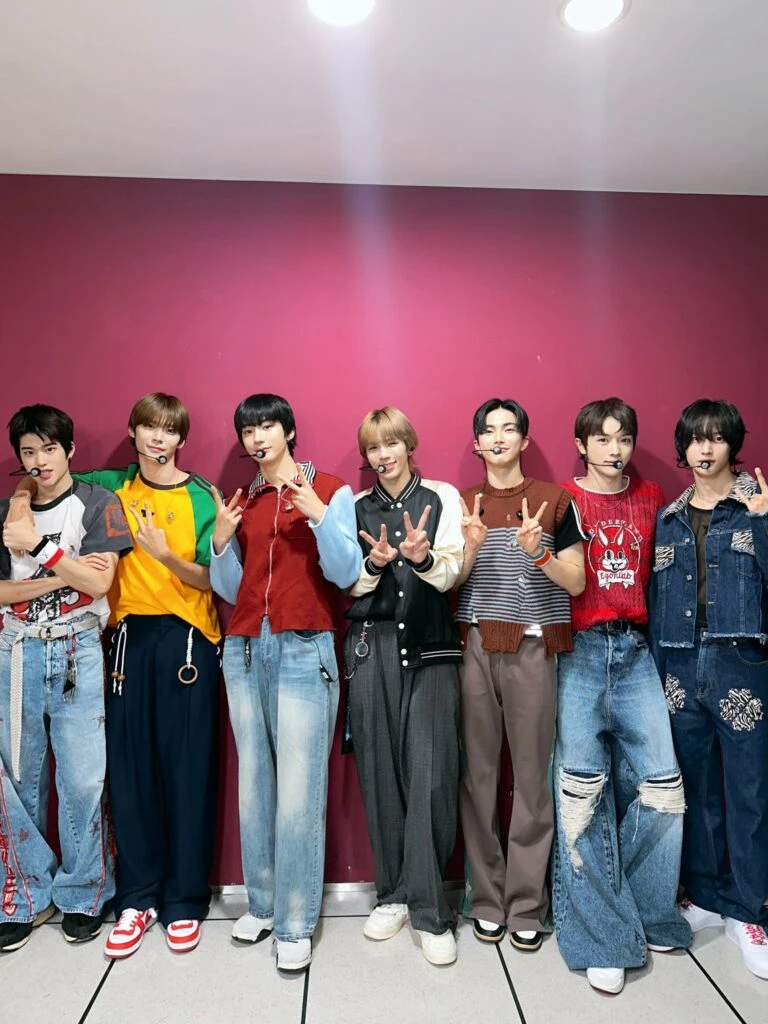
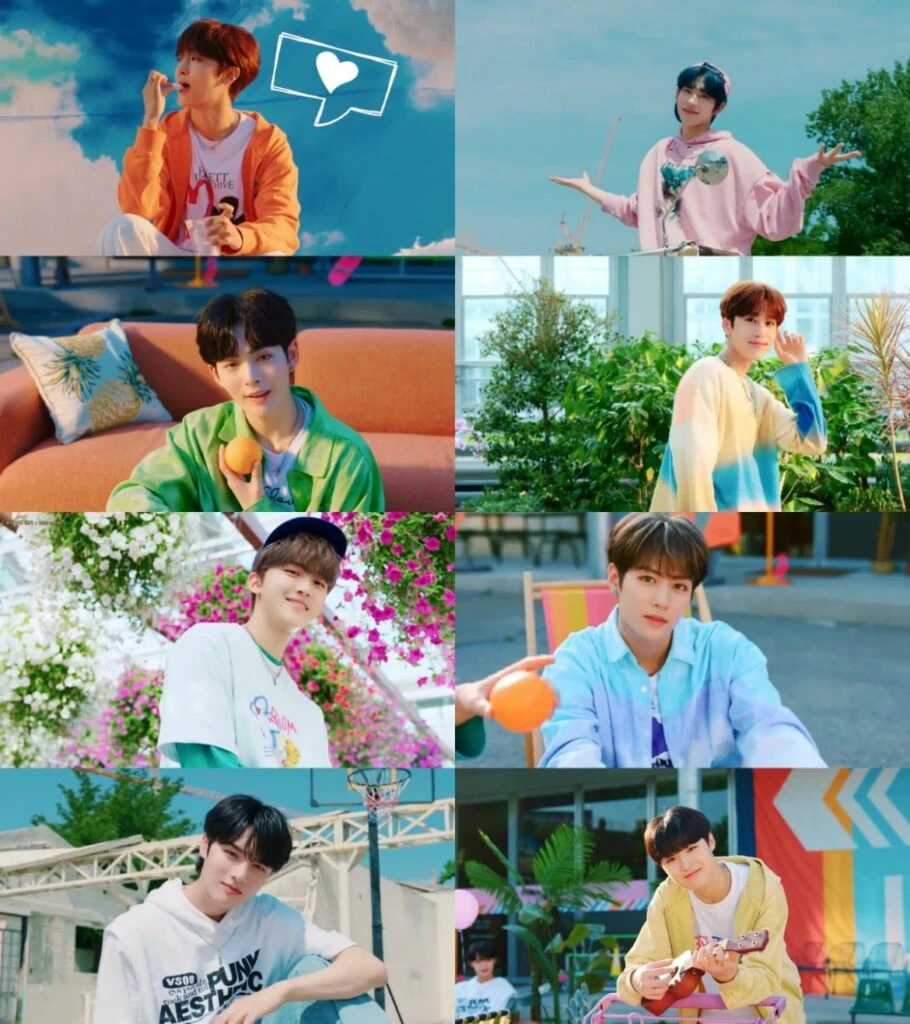
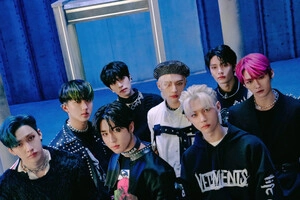
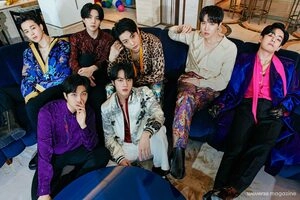
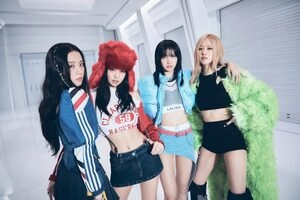
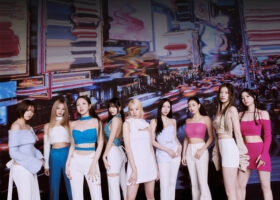

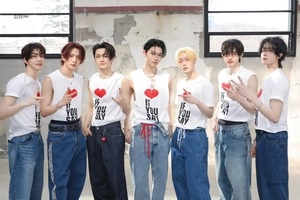

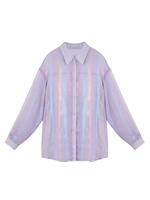
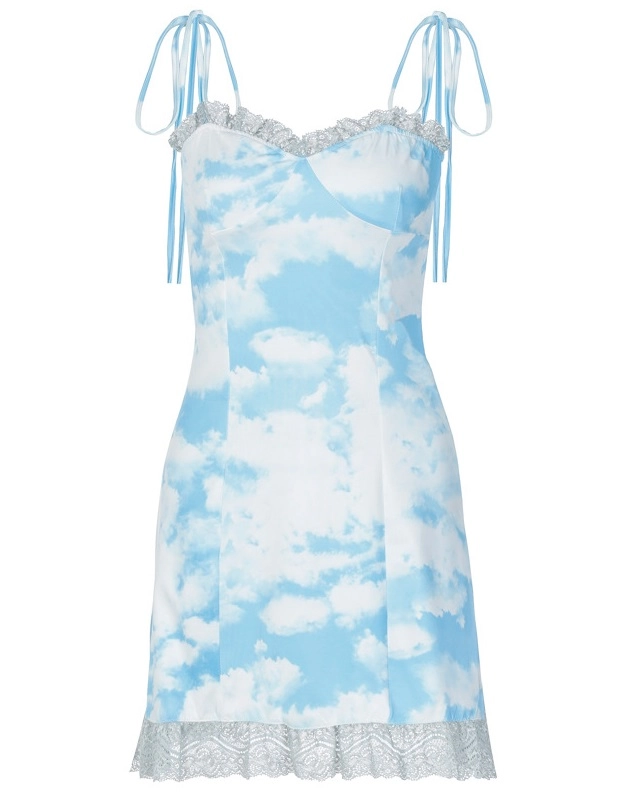
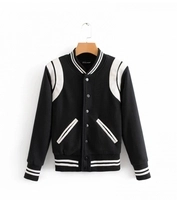

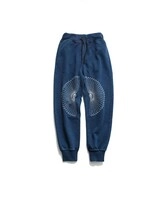
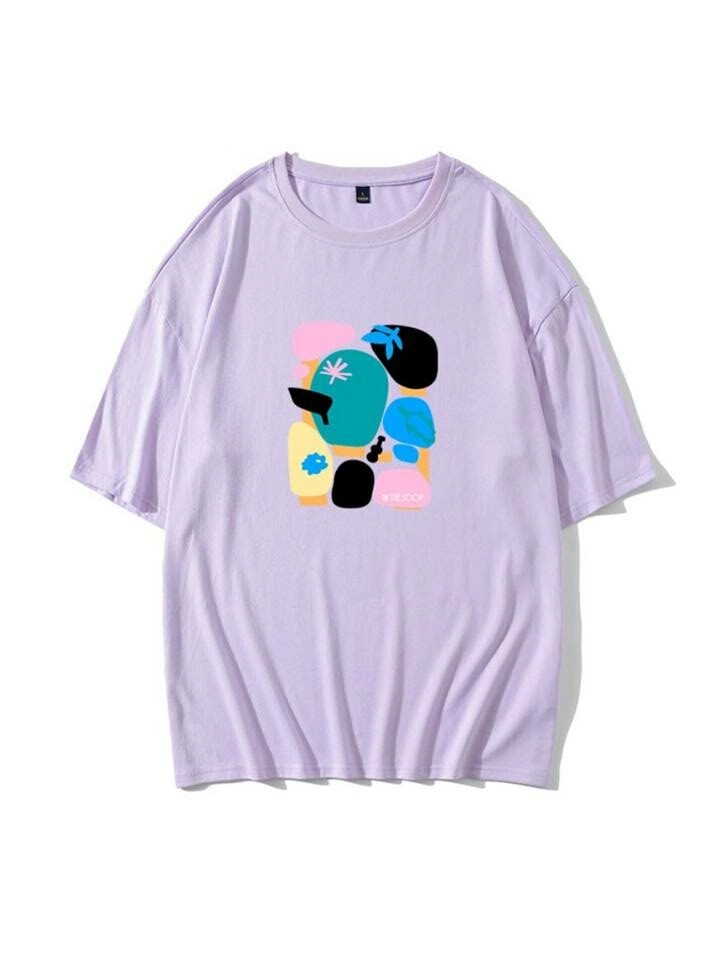
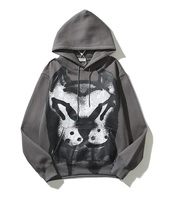
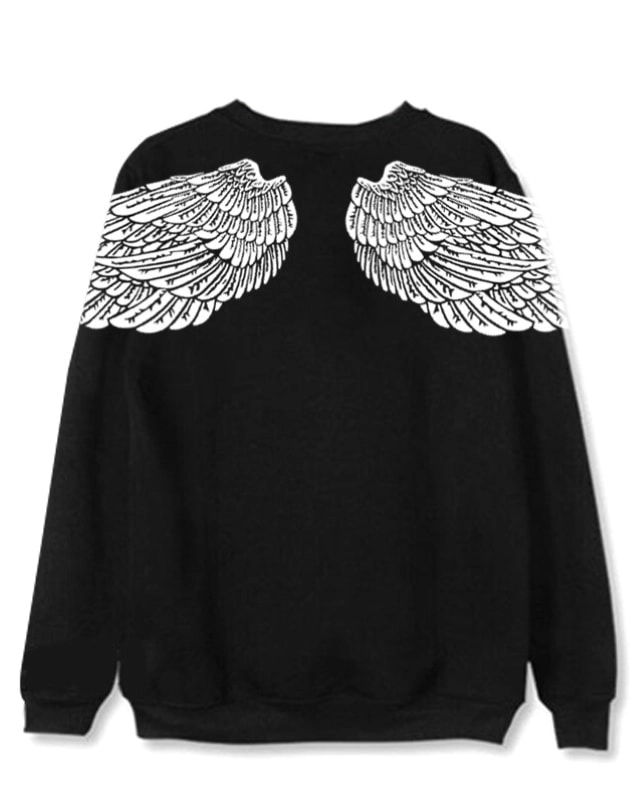

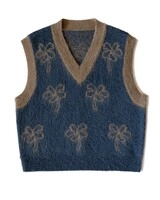
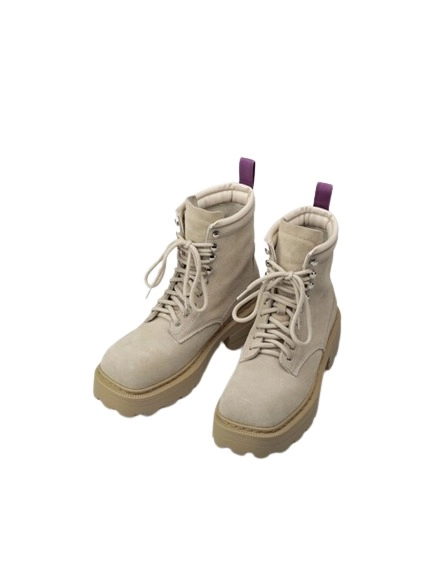
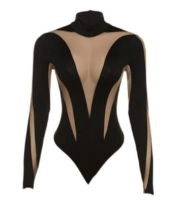
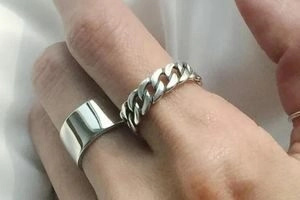
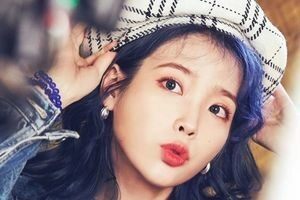

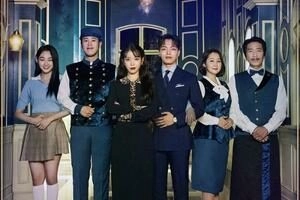
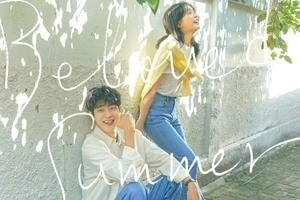

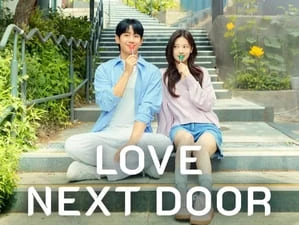


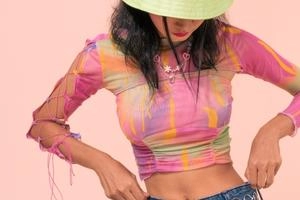

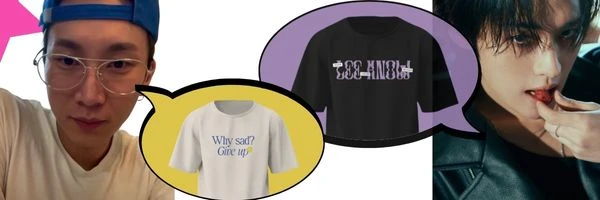
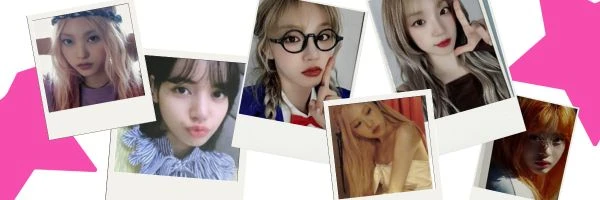


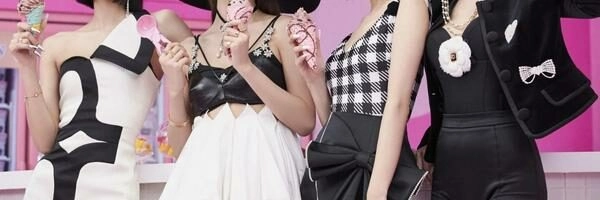
I’ve like to see TWS at 5th gen too please.
Thanks
I think they will able to be the head of this generation.
where is Kiss of Life, the best 5th generation group?
The way I break down generations
is:
First Korea’s reaction to western
pop, hip hop
Second KPop seeks acceptance
in Japan.. I don’t know about
boy bands but girl groups
started recording in and touring
Japan.. Kara, Apink, Girls Genera-
tion, f(x)
Third.. with Blackpink KPop knew
the world was ready for it
Fourth.. social media becomes
even more important, interacting
with fans is vital
Fifth.. I’m not sure.. I’m afraid
KPop will become more
westernized..
Personally I don’t want Charlie
Puth near KPop, Le Sserafim
burning bridges etc..
TVXQ deserves a special mention. They sued SM entertainment for exploitative contracts and it changed what the industry was allowed to do. Including limiting contracts to no more than 7 years (they were 15), giving better payments to the artists and more. It changed the industry for the better.